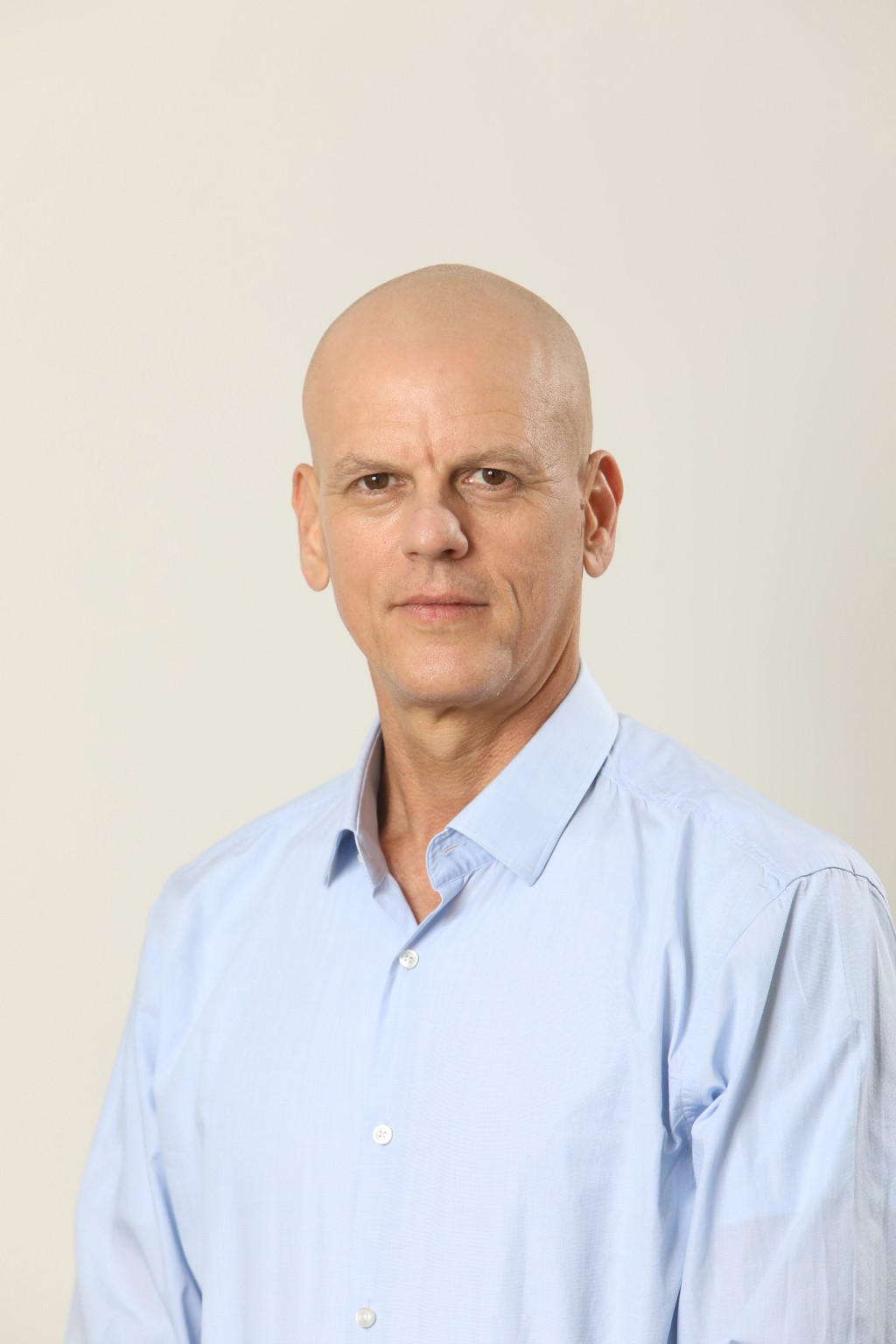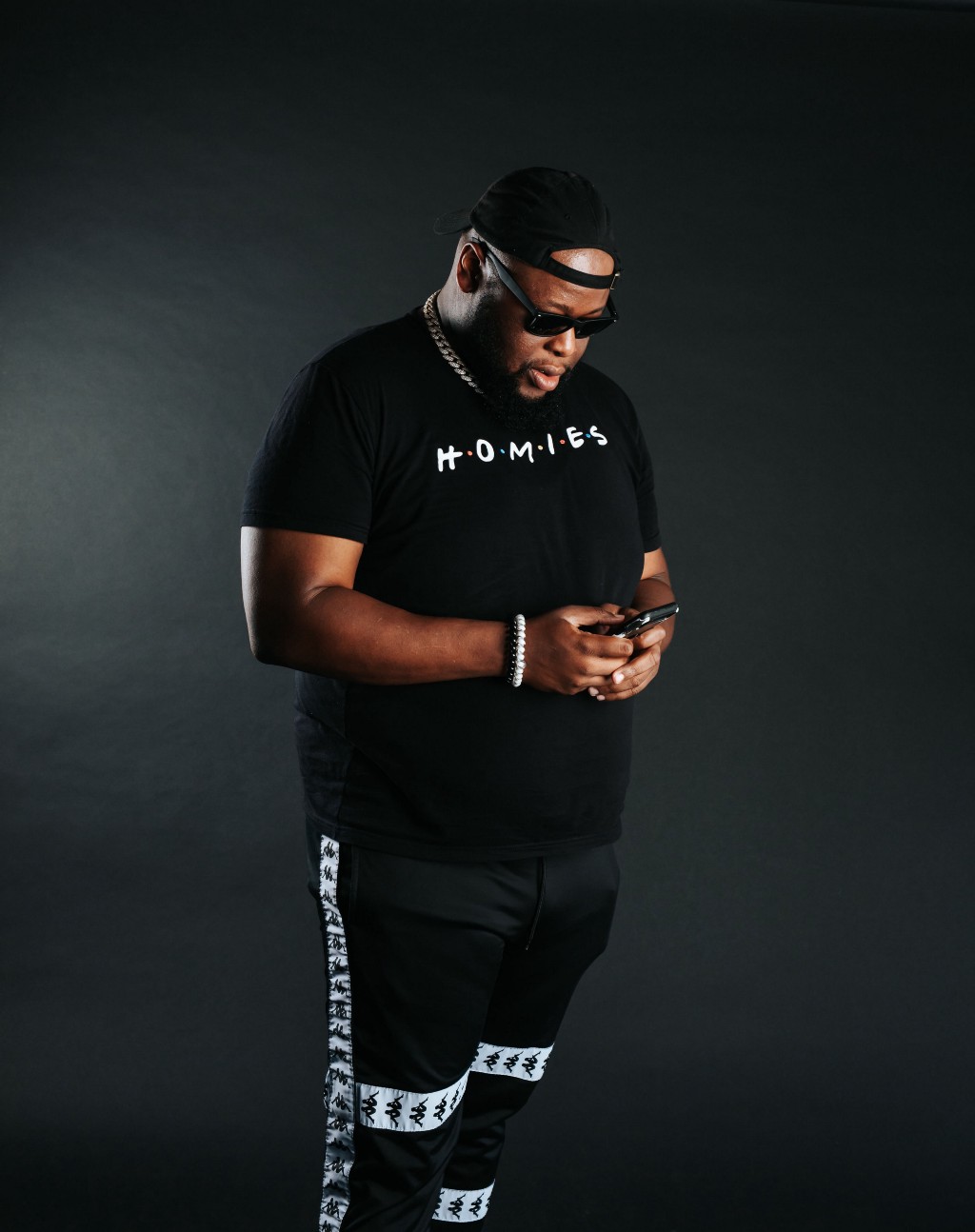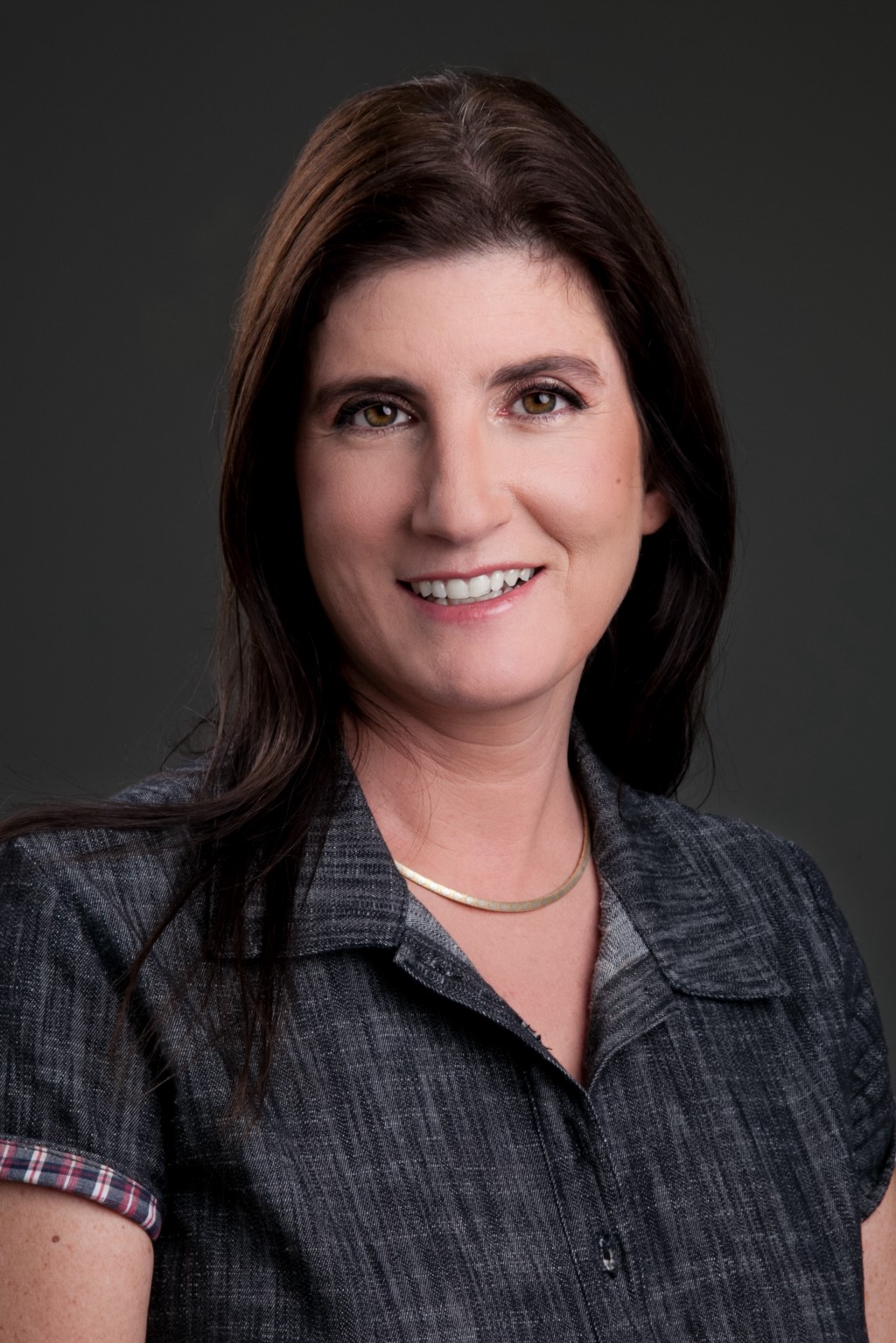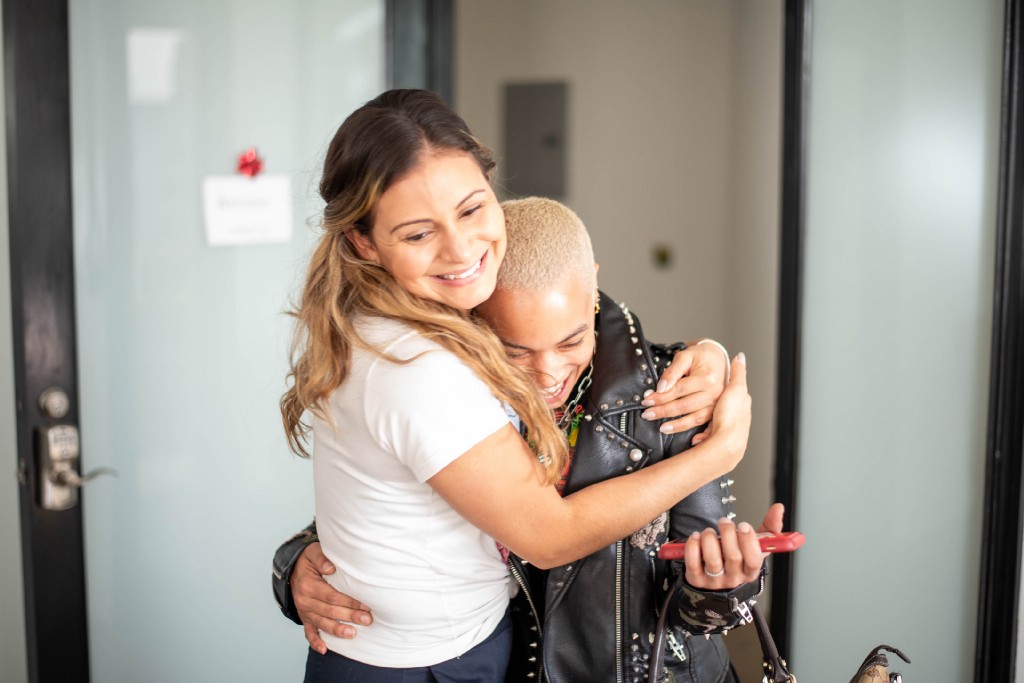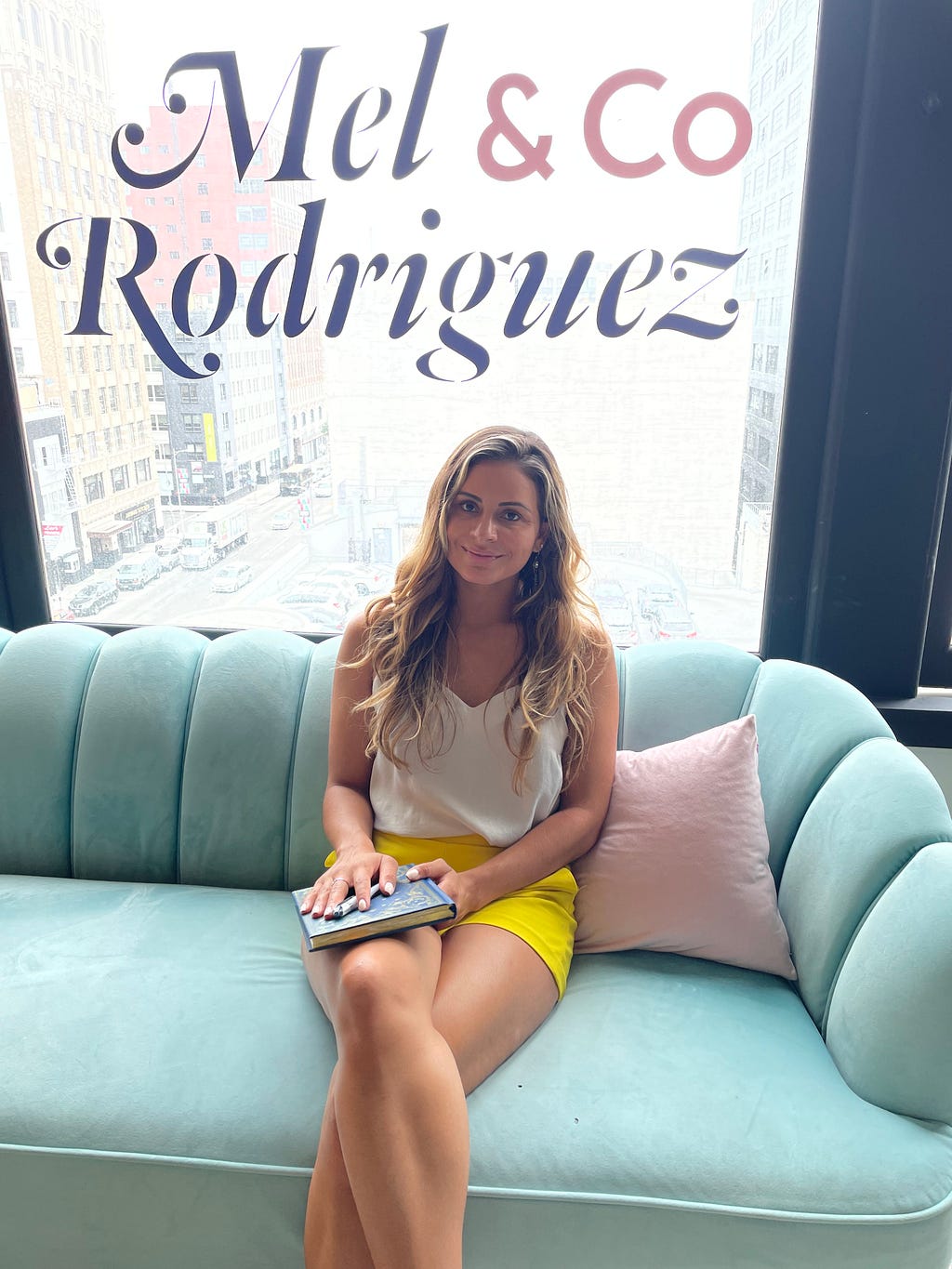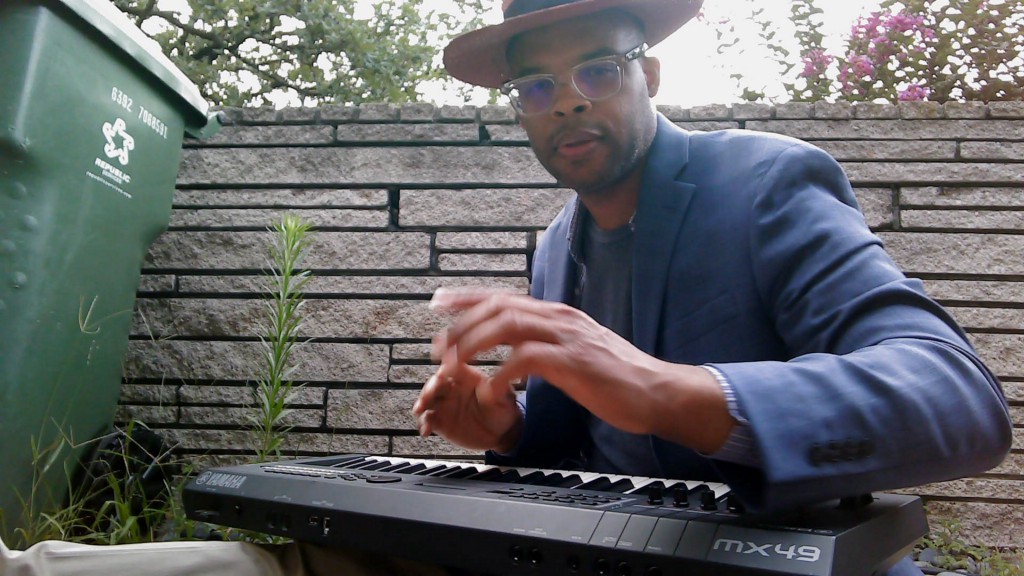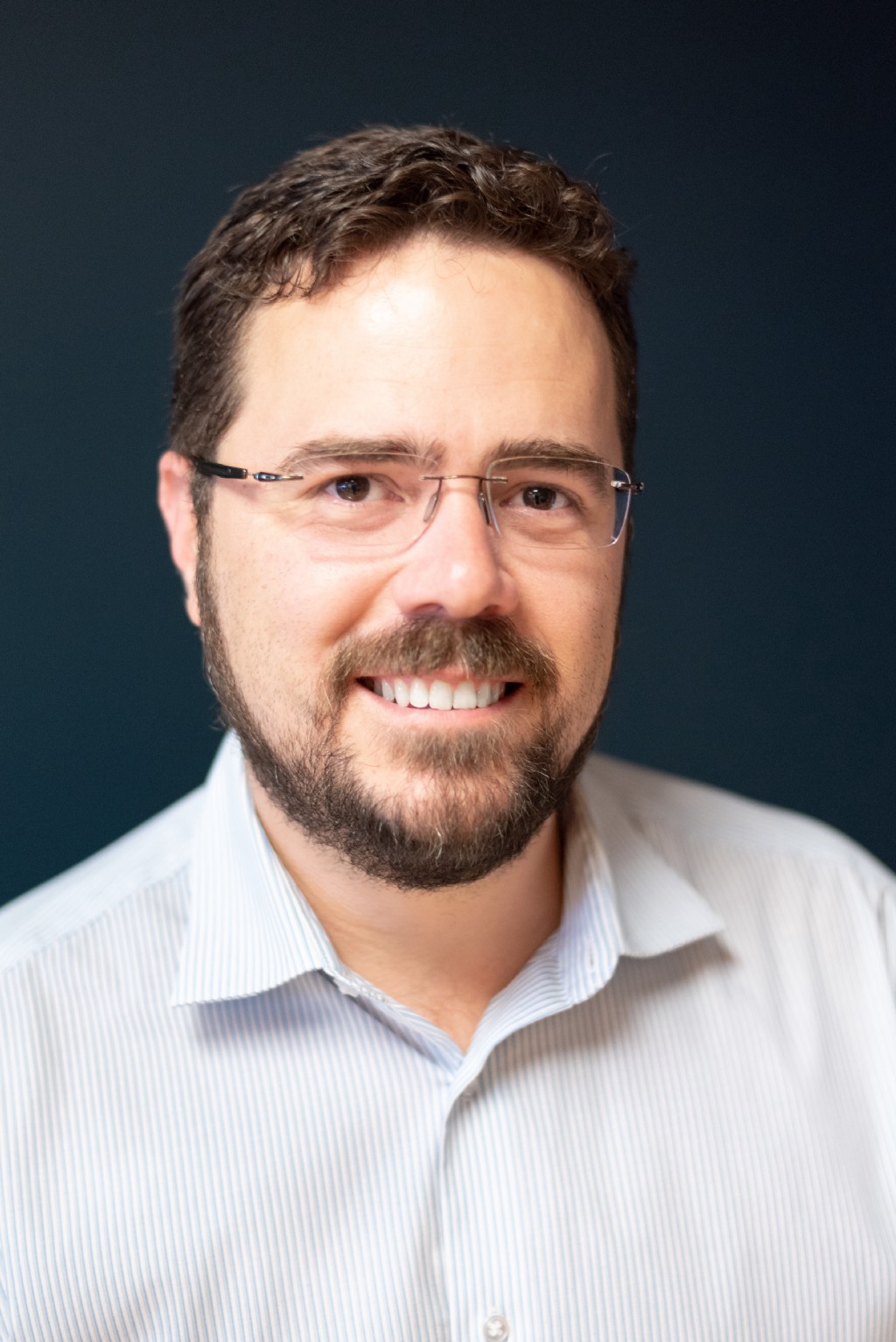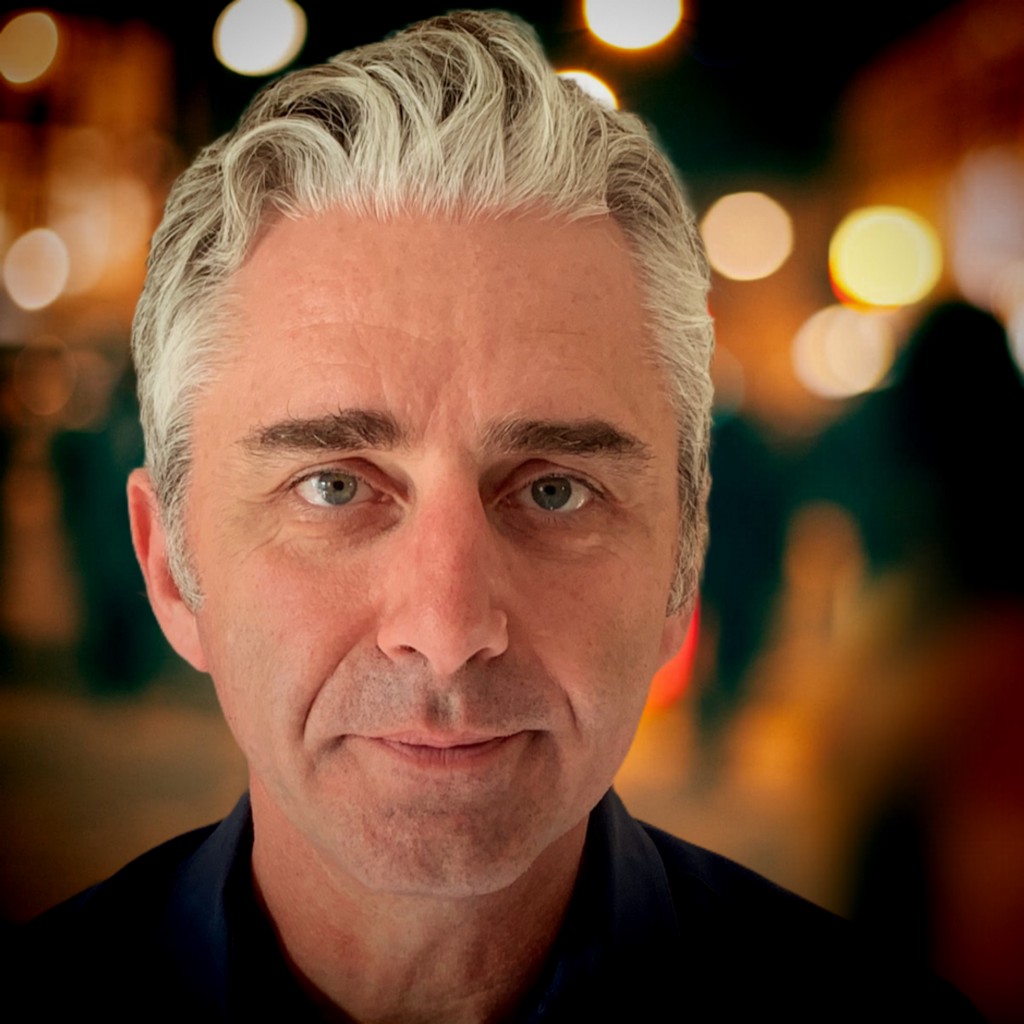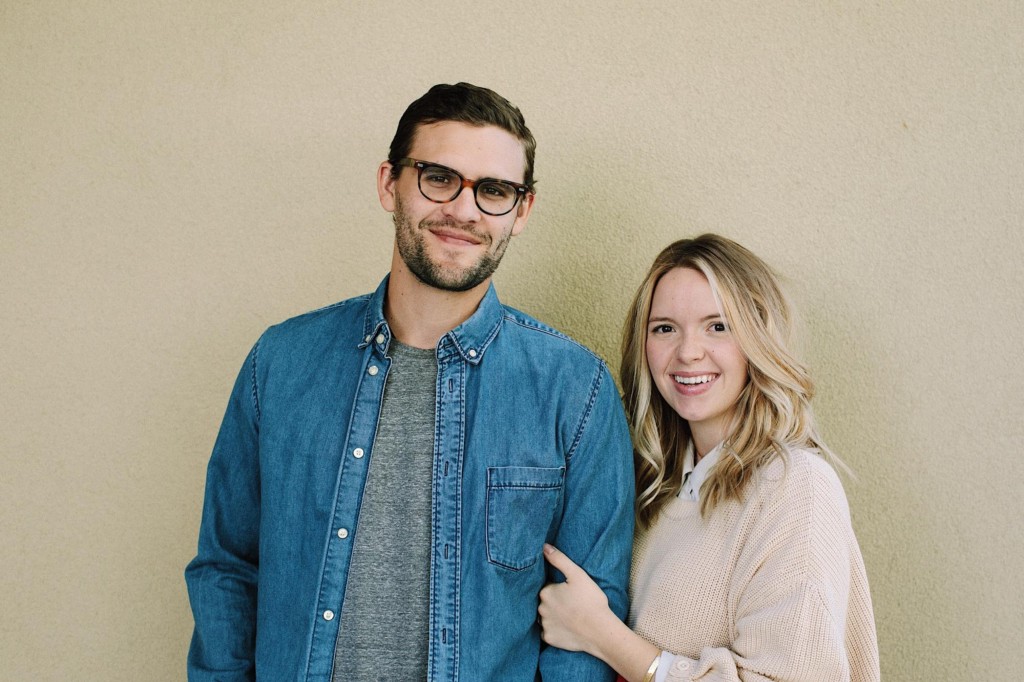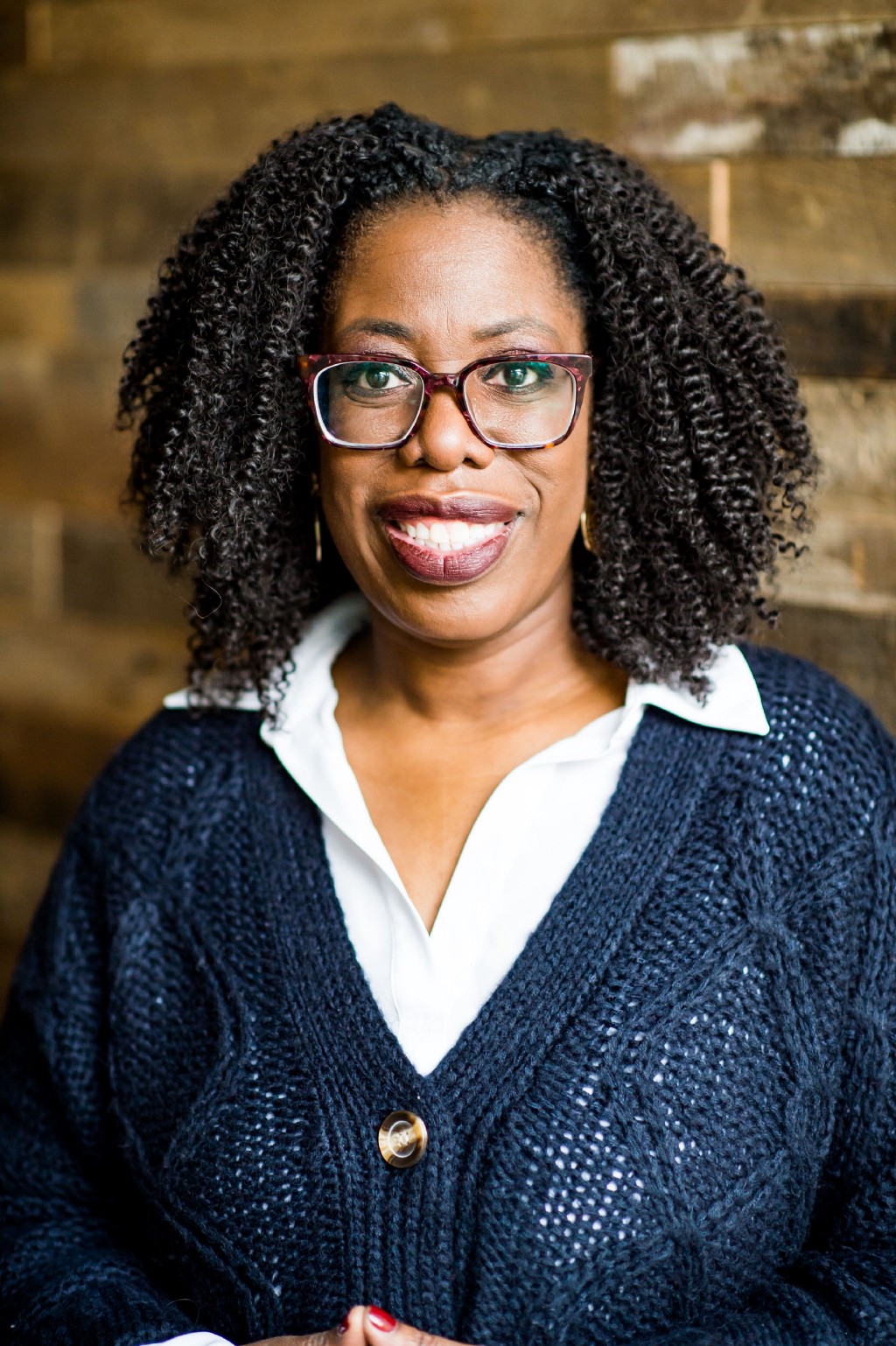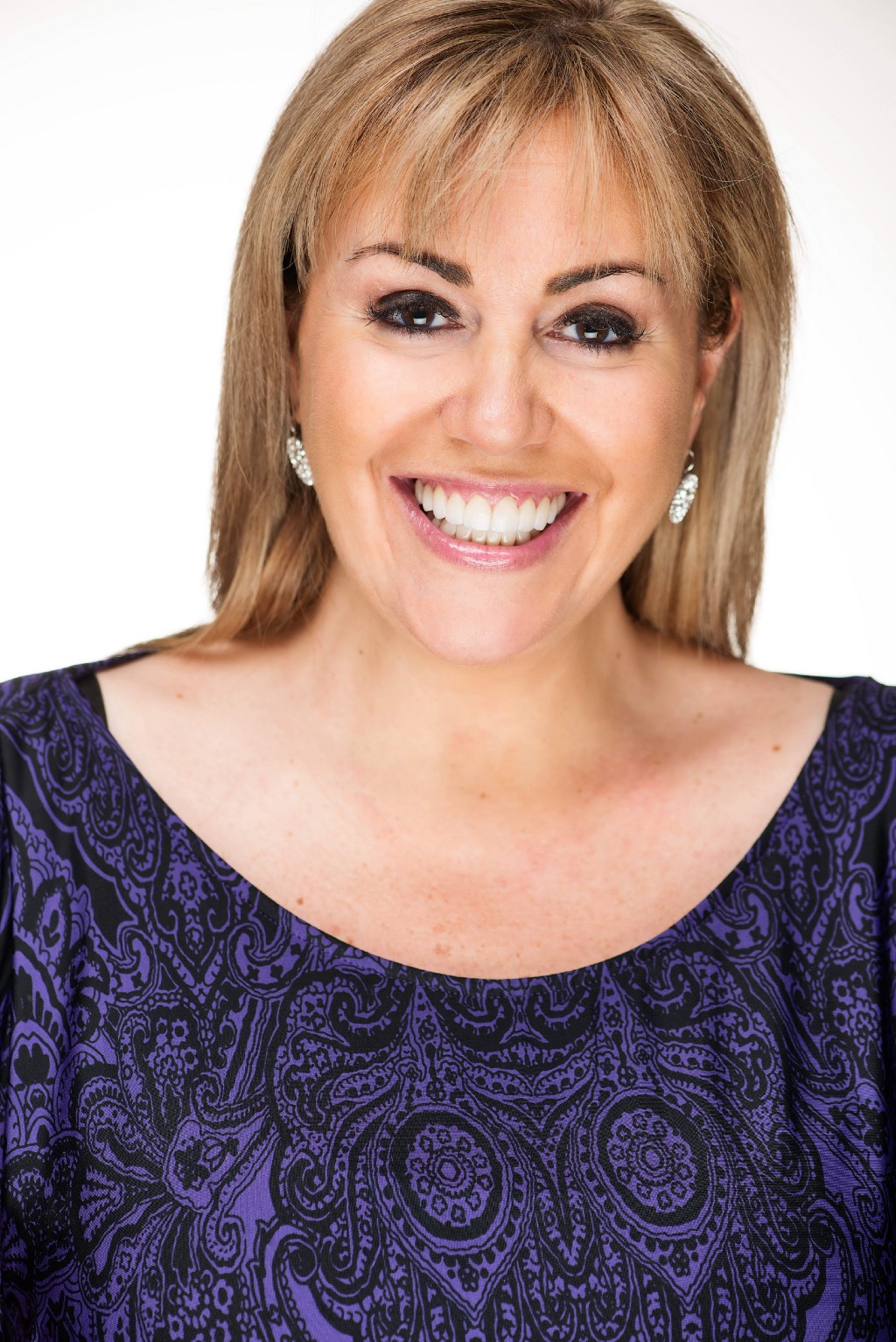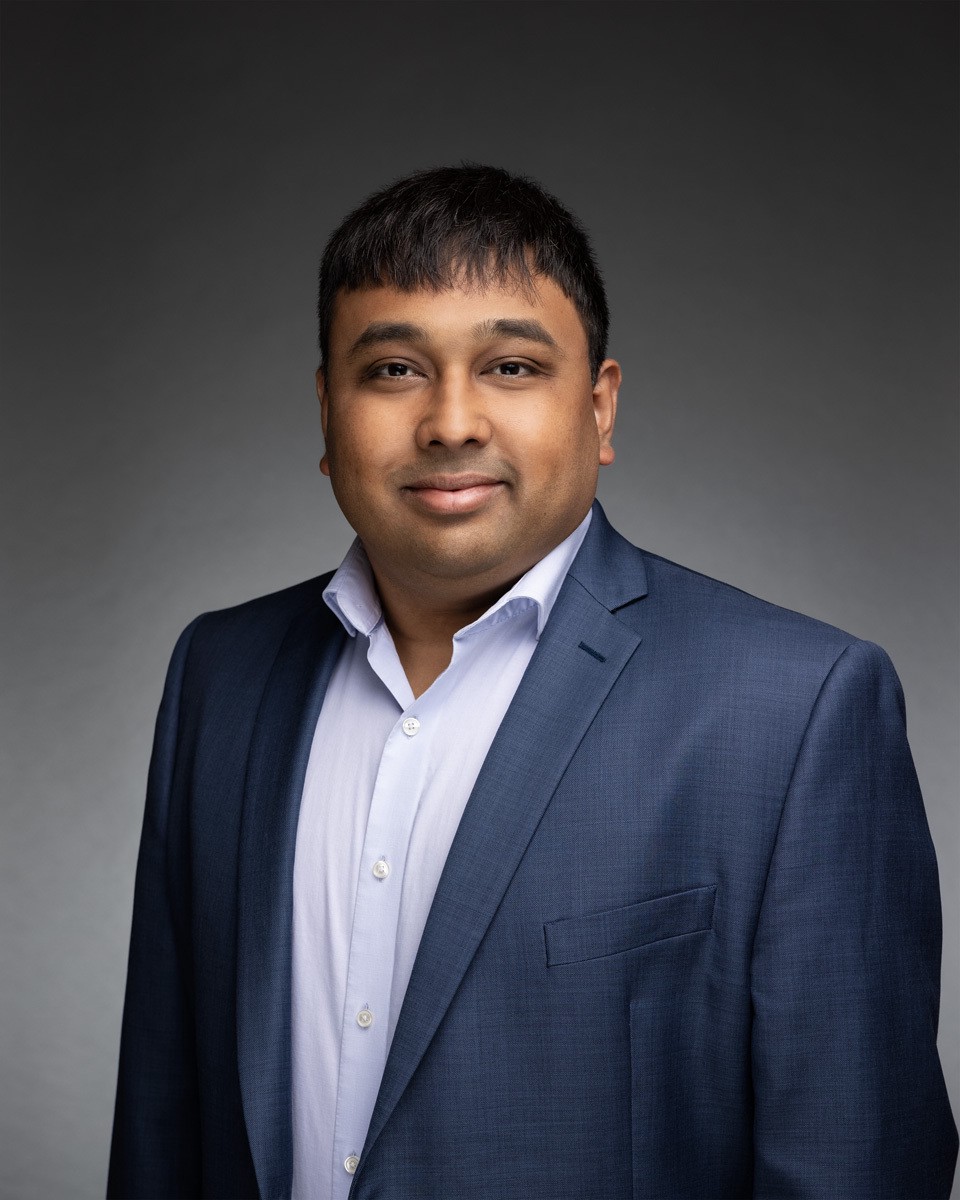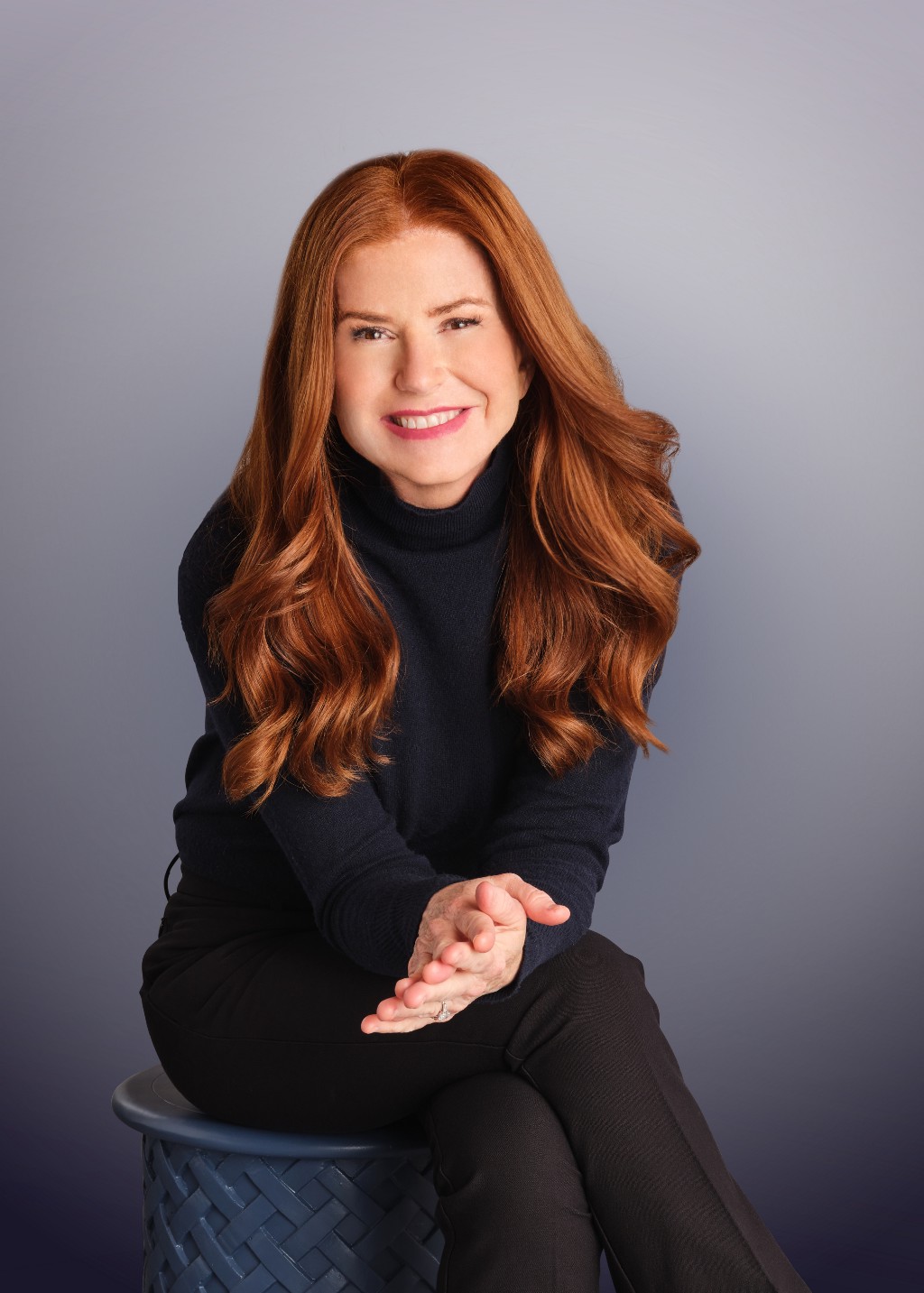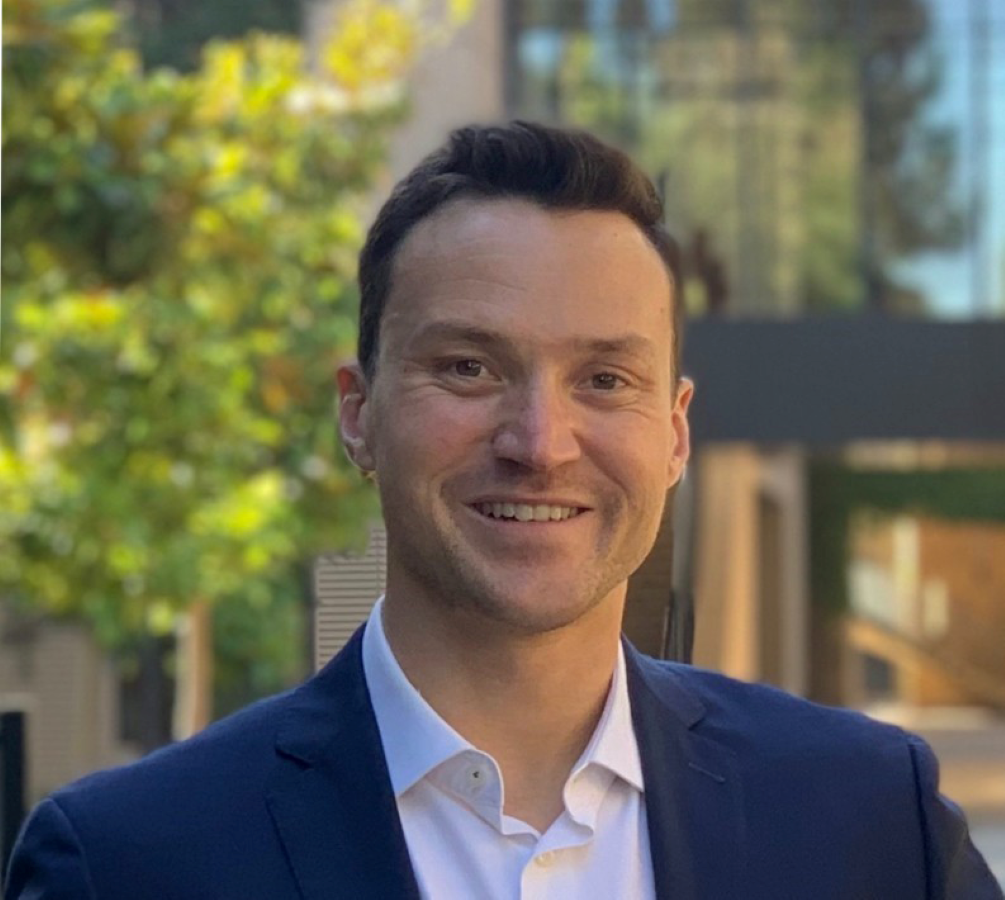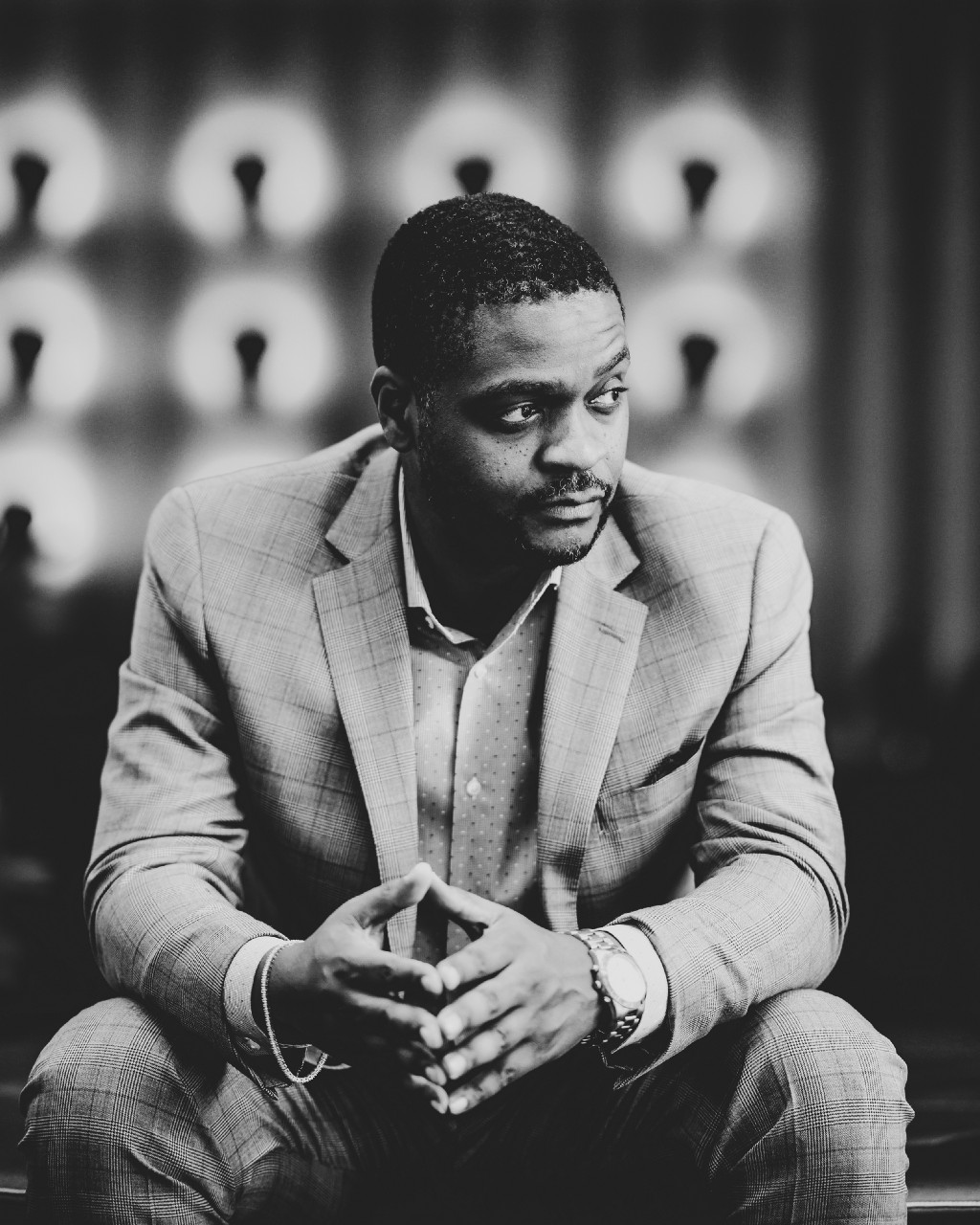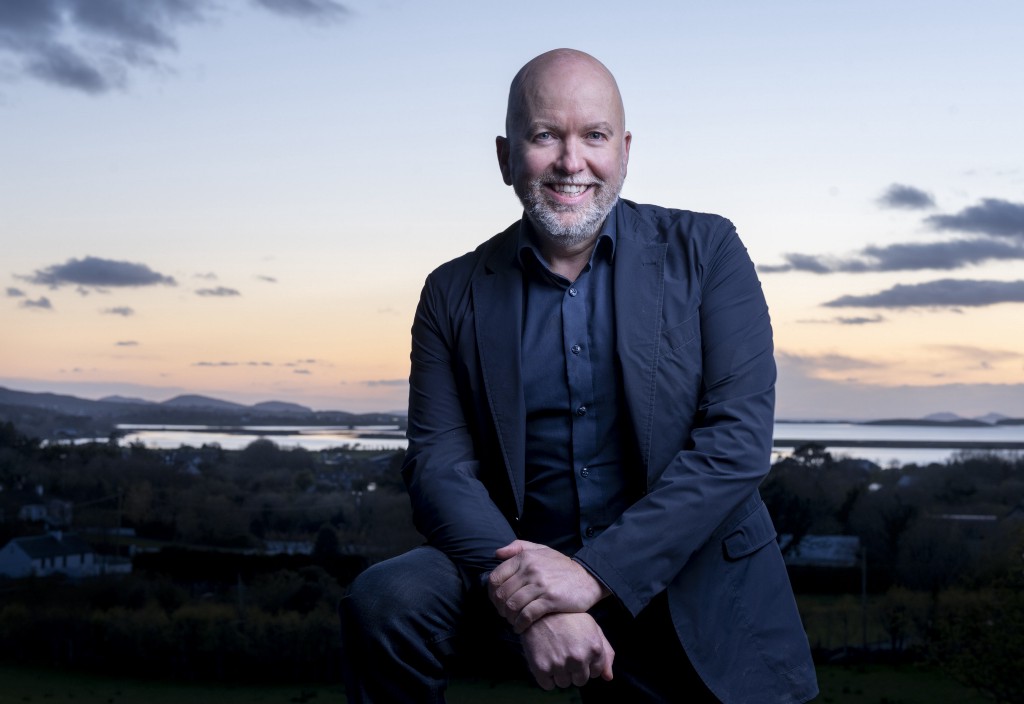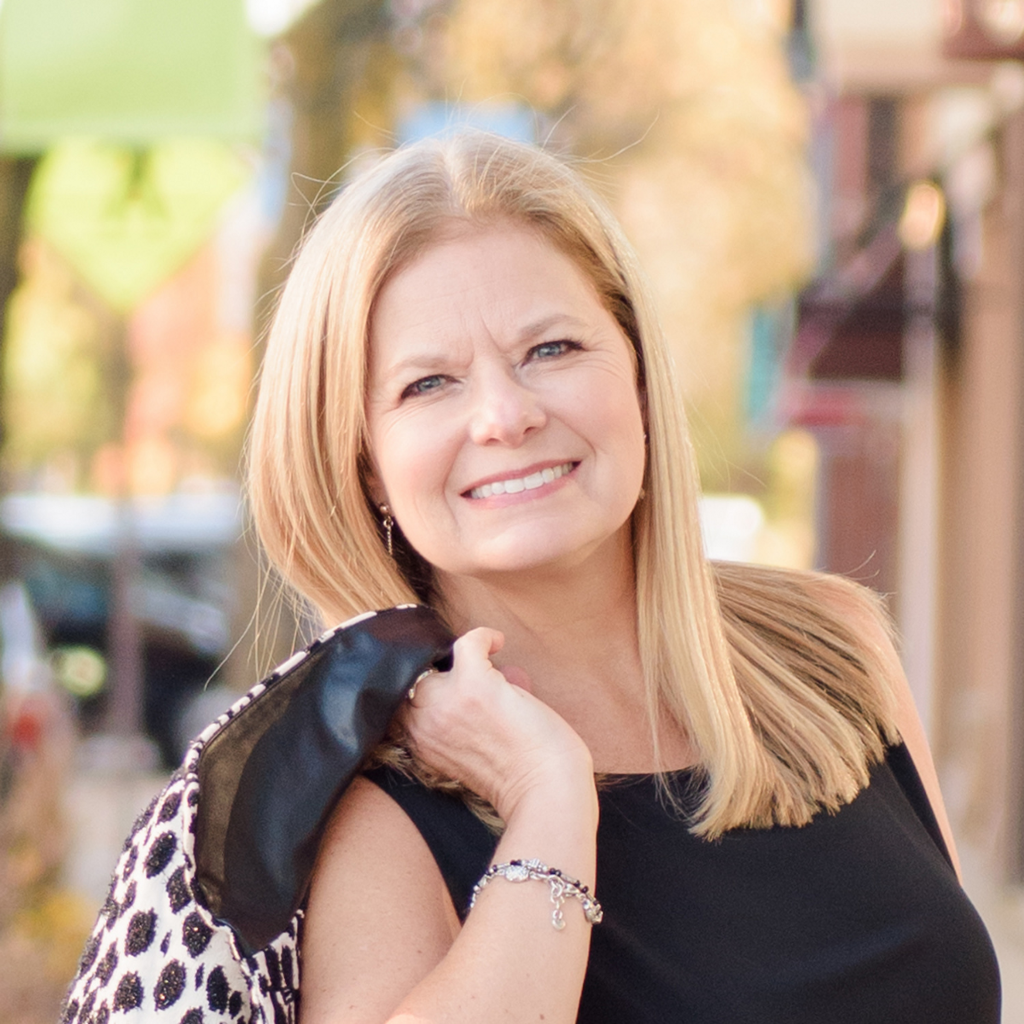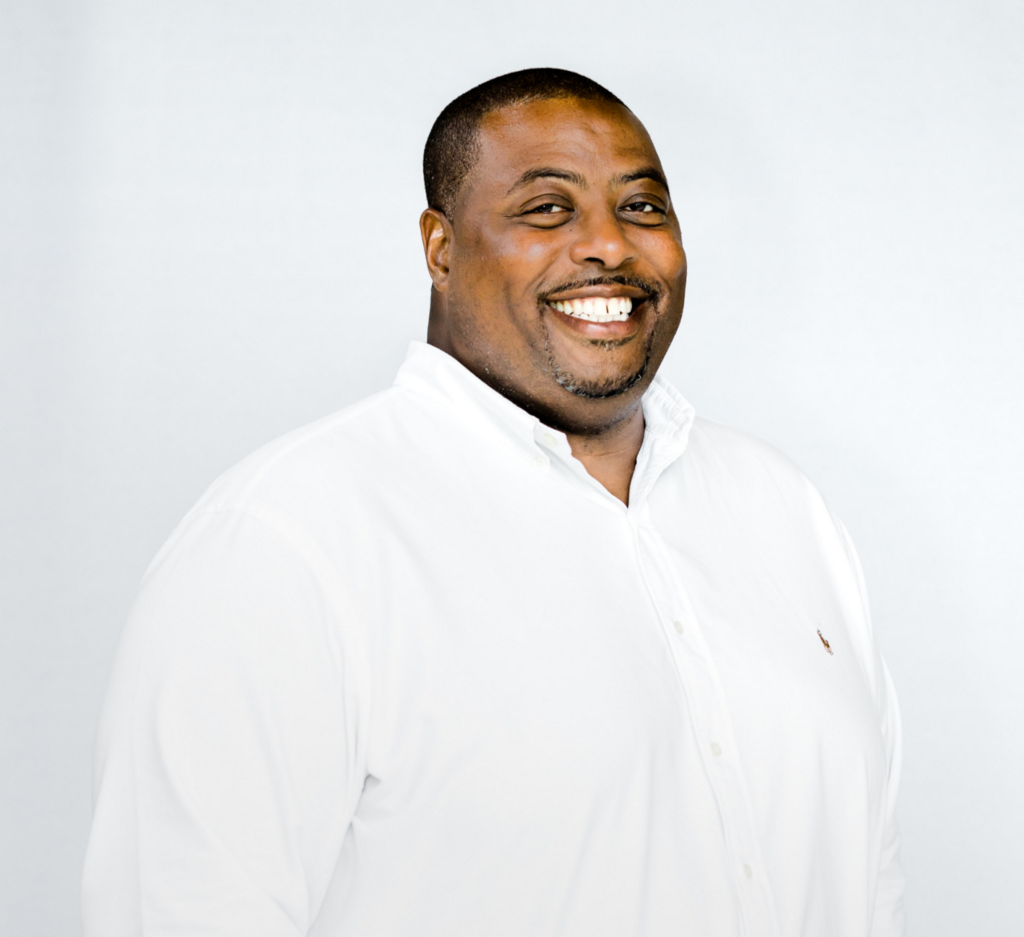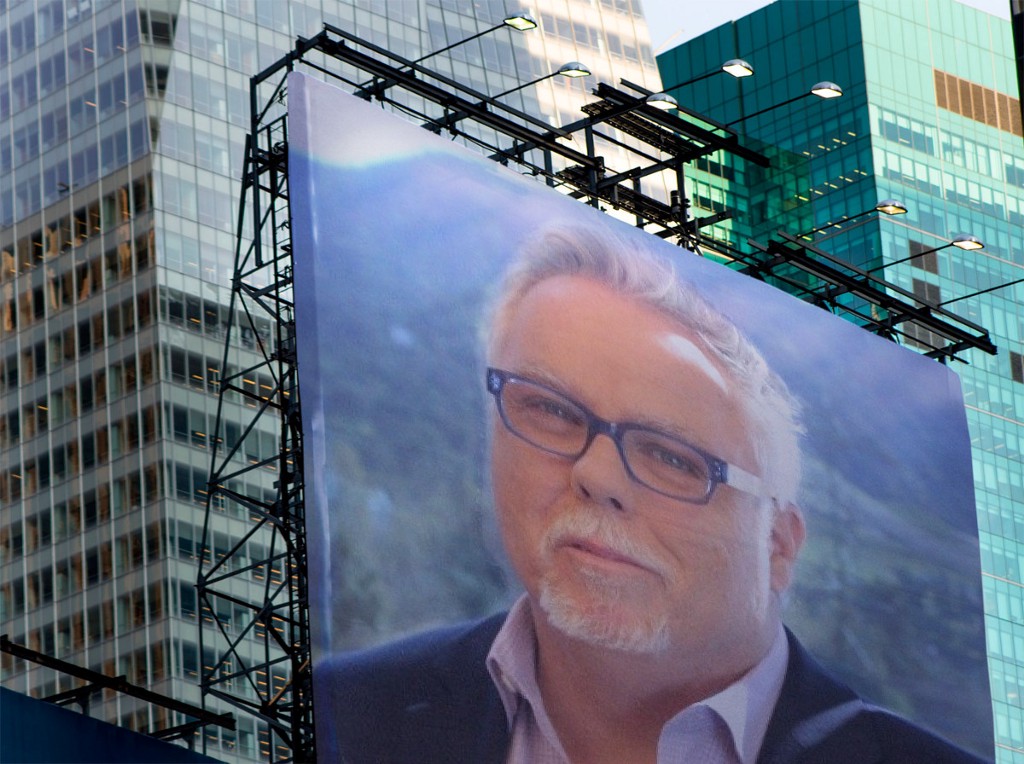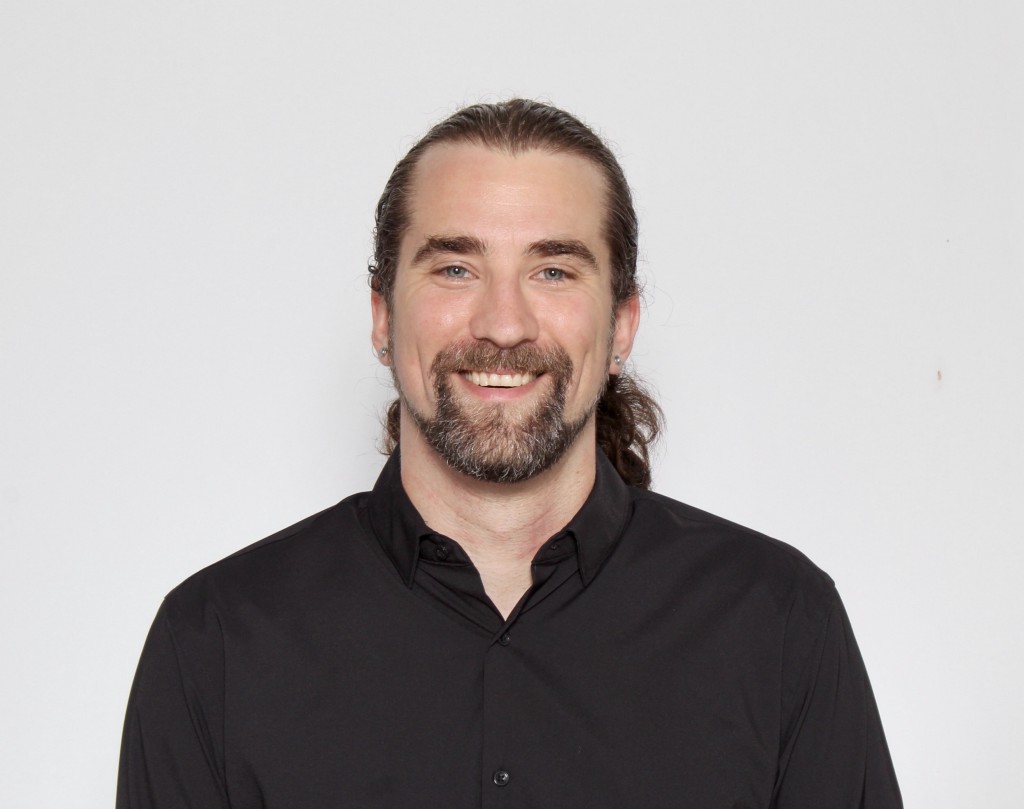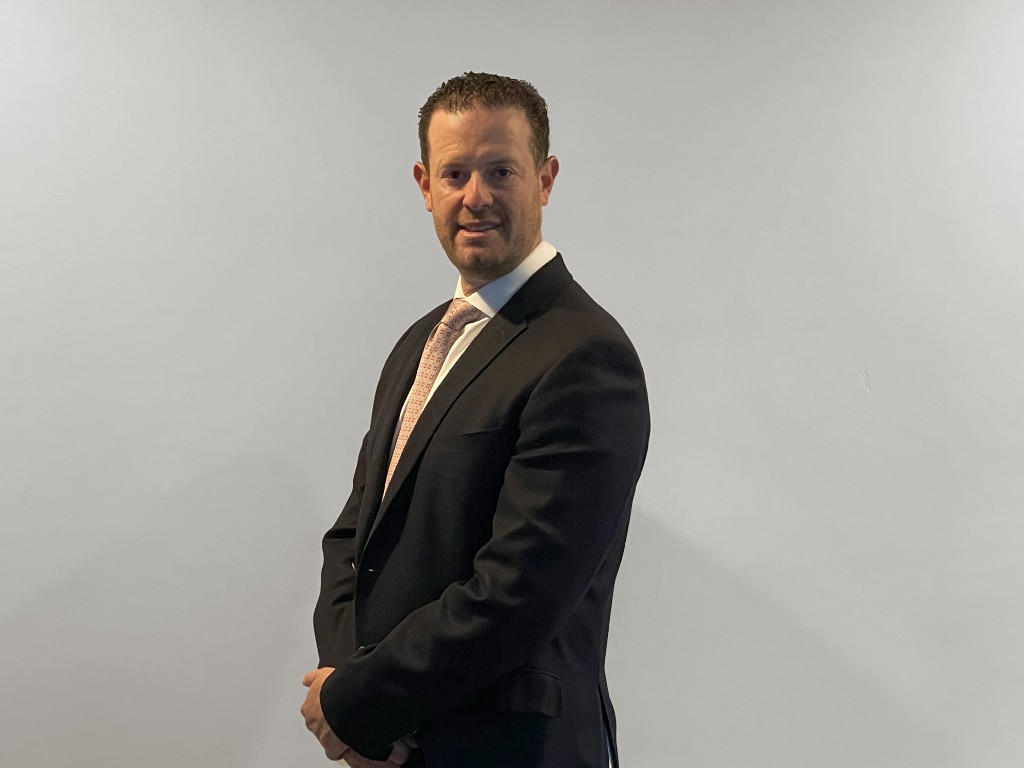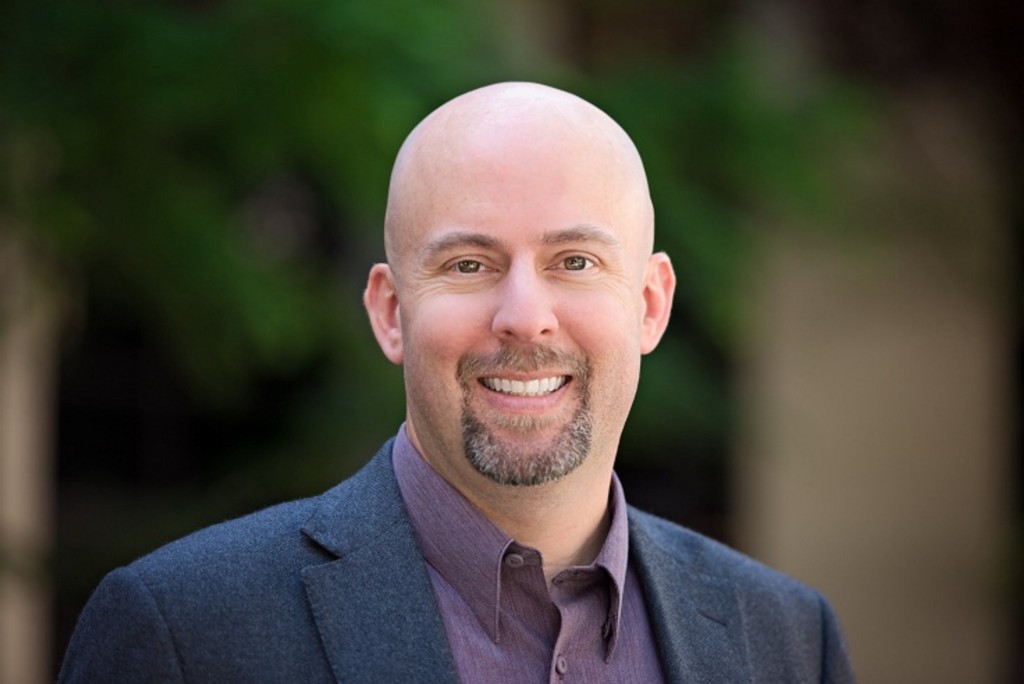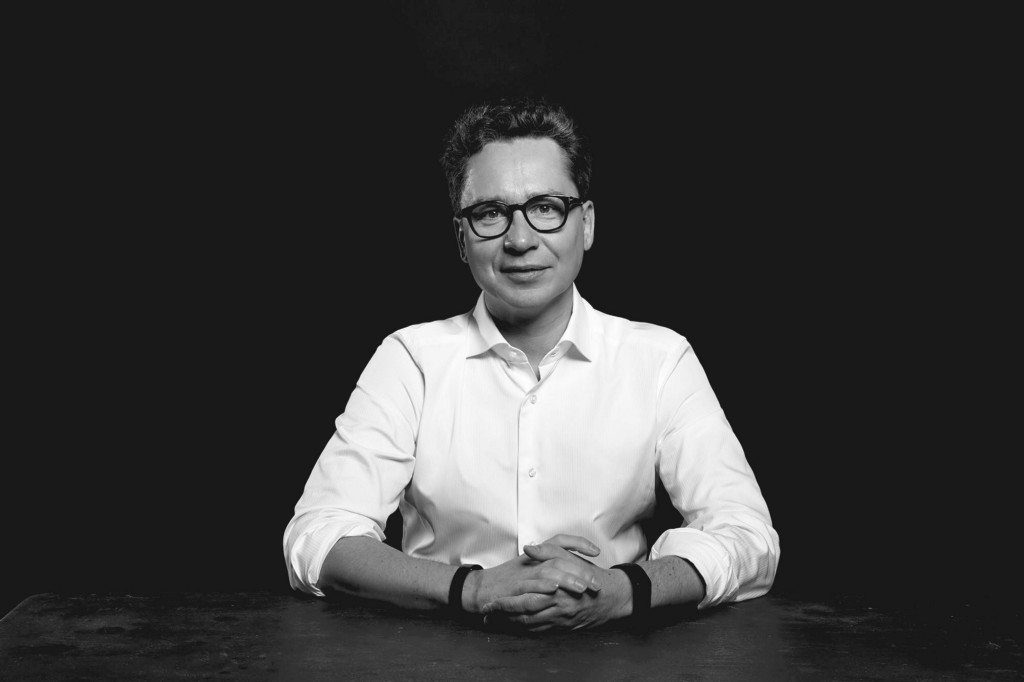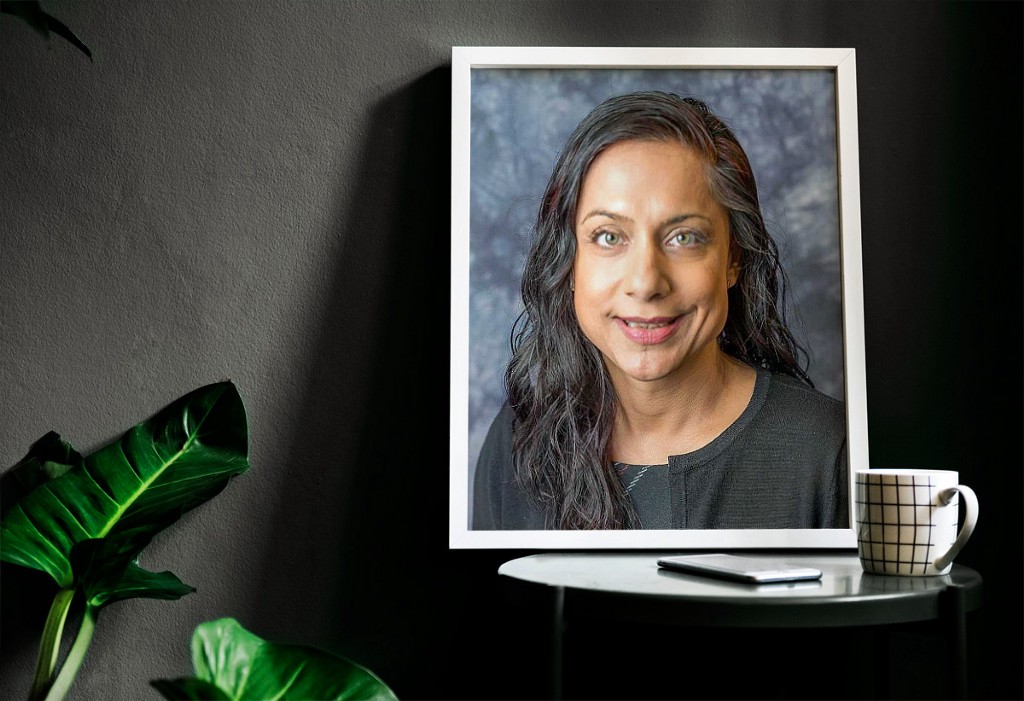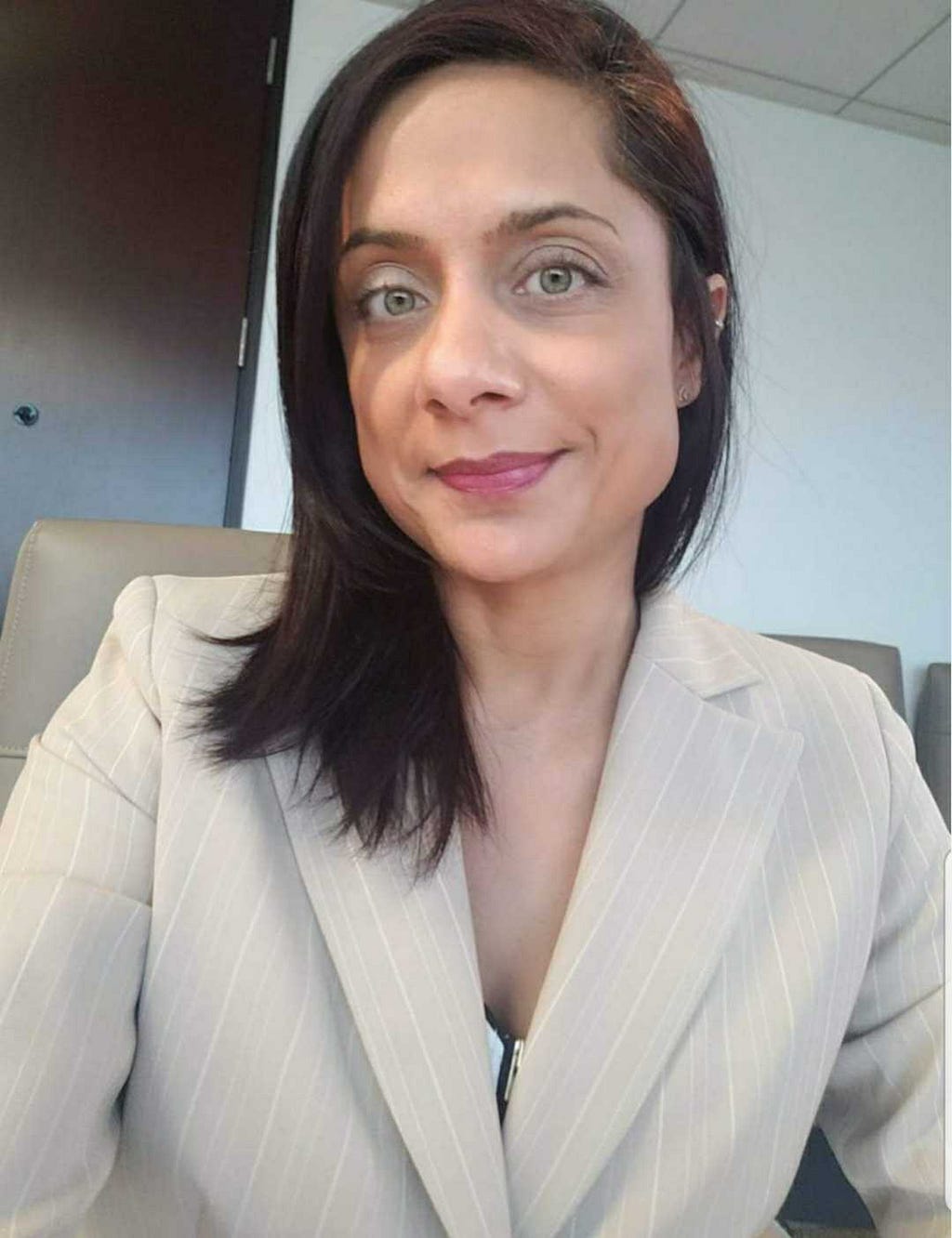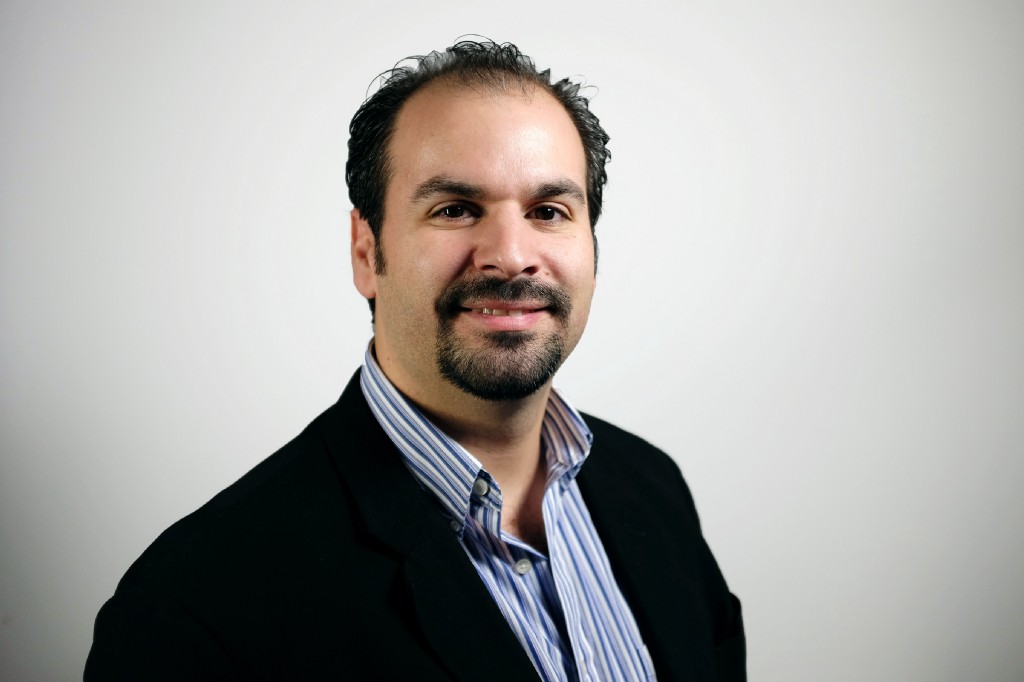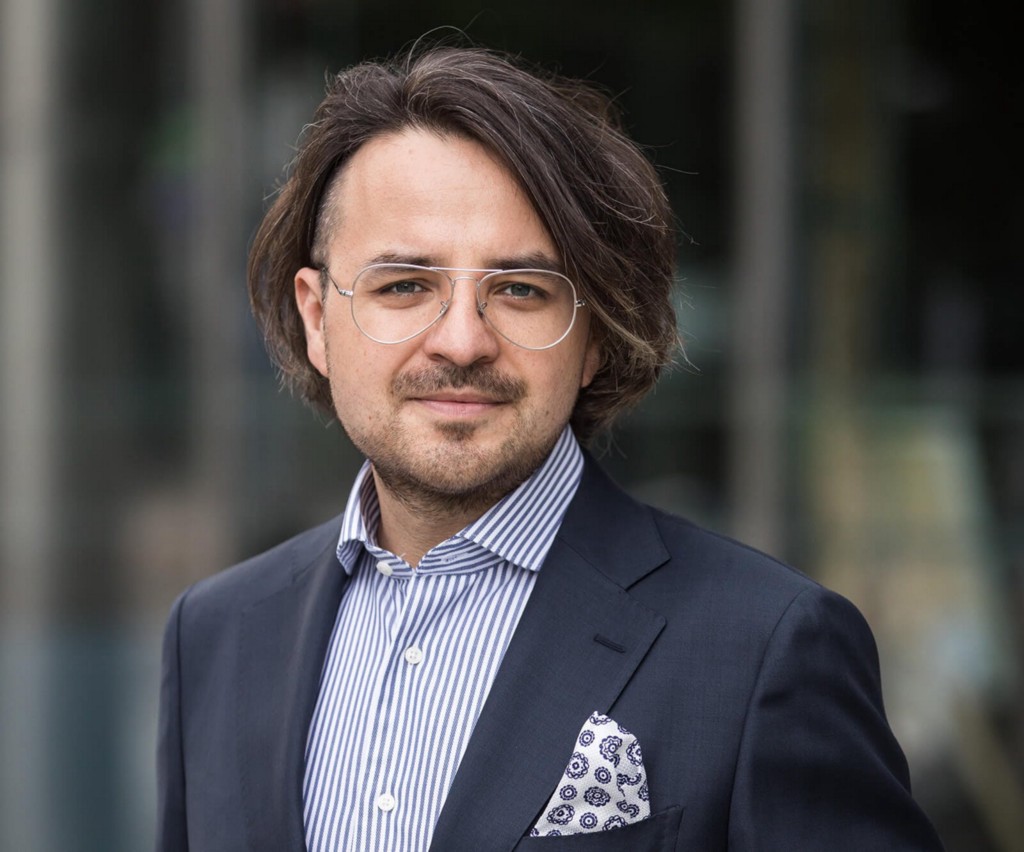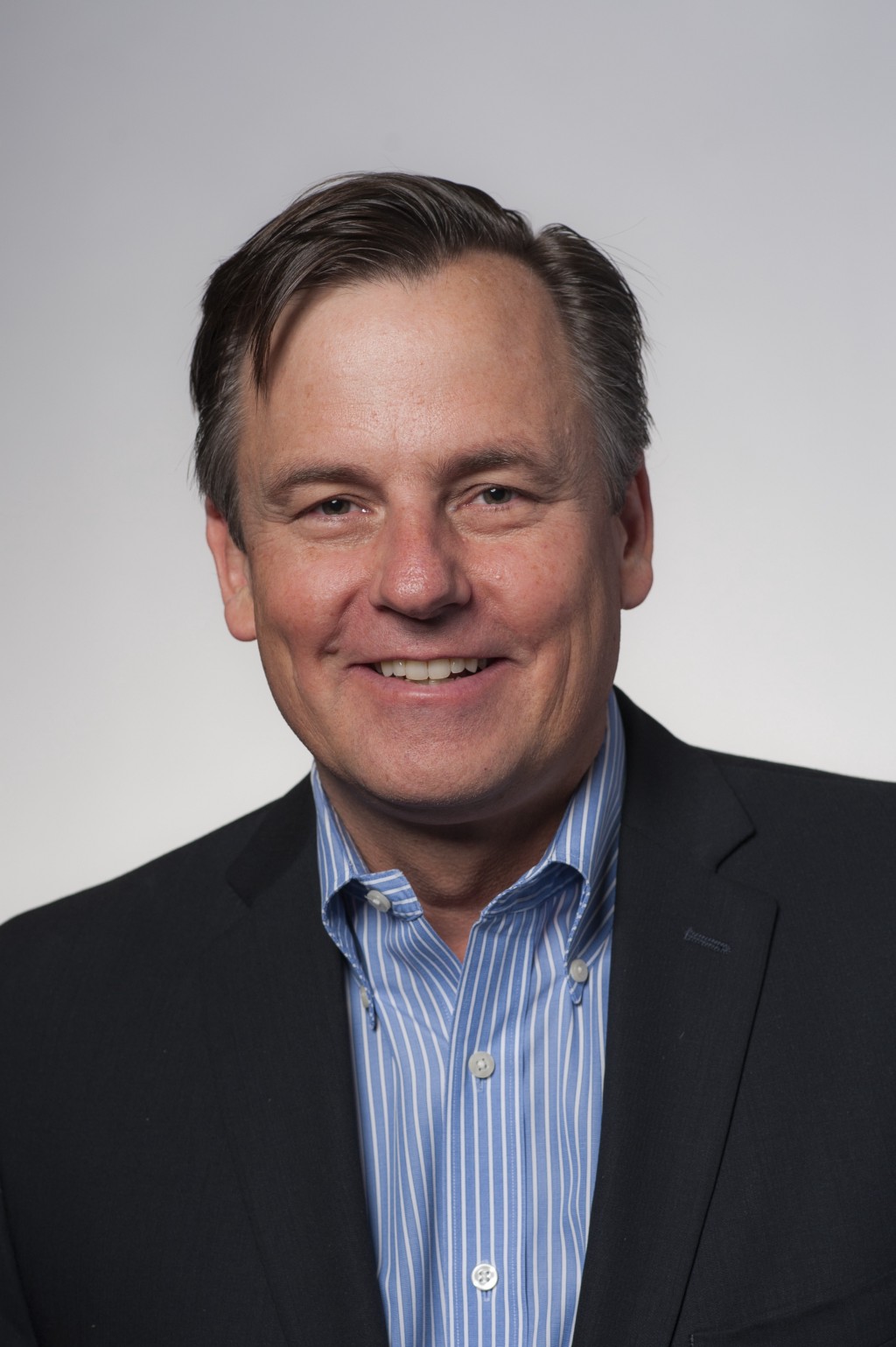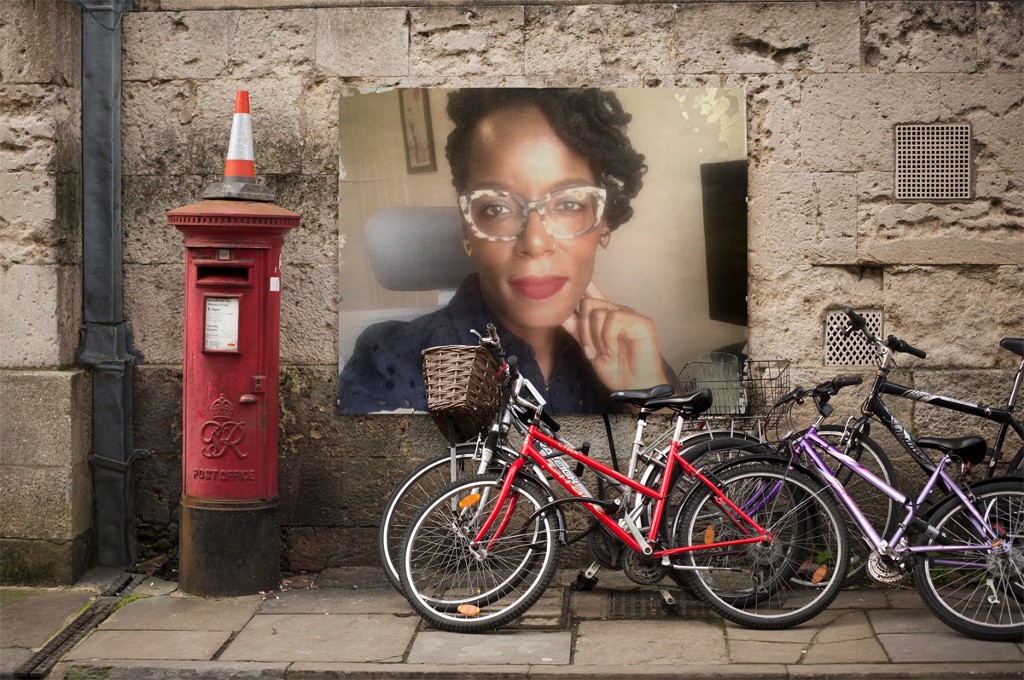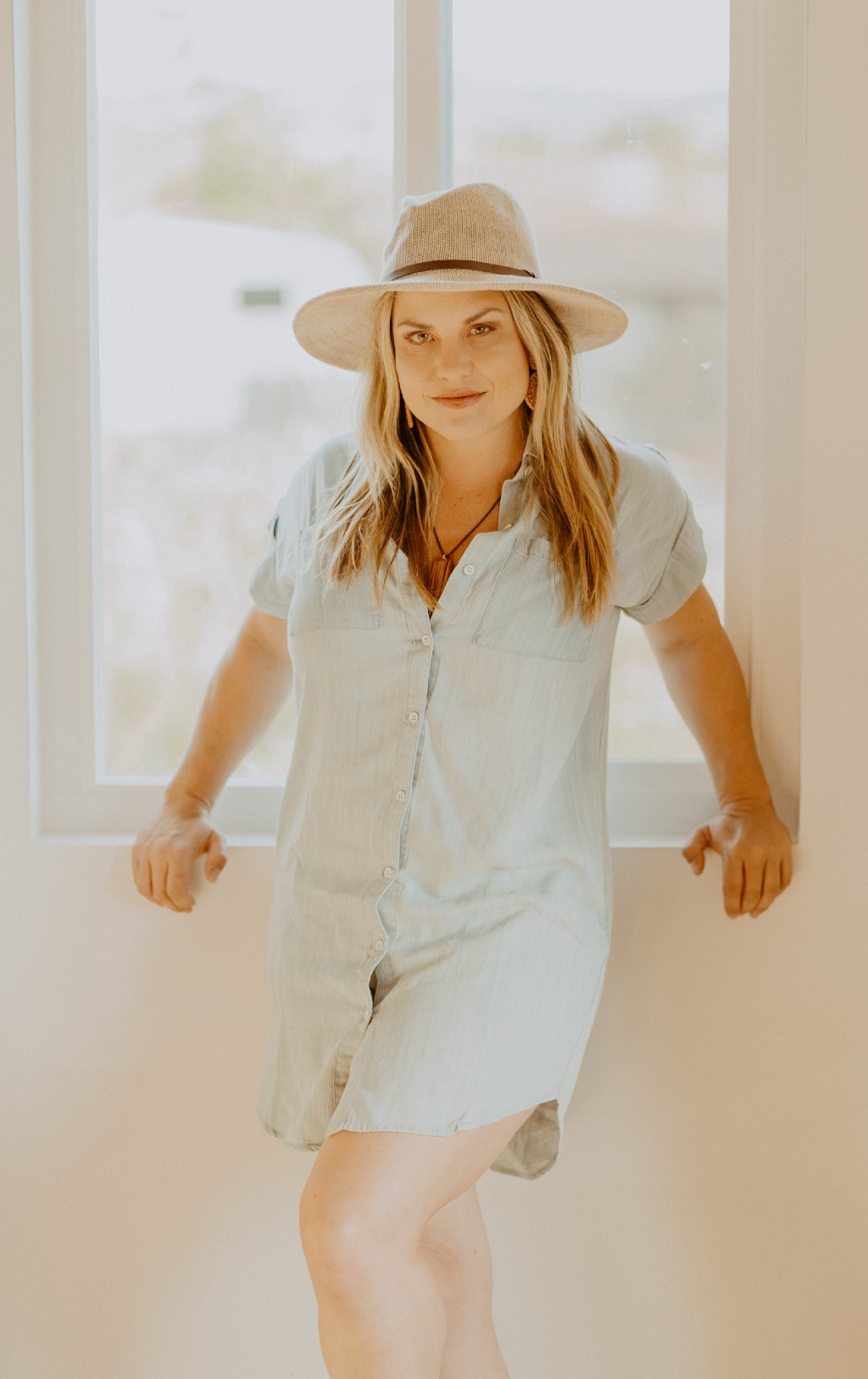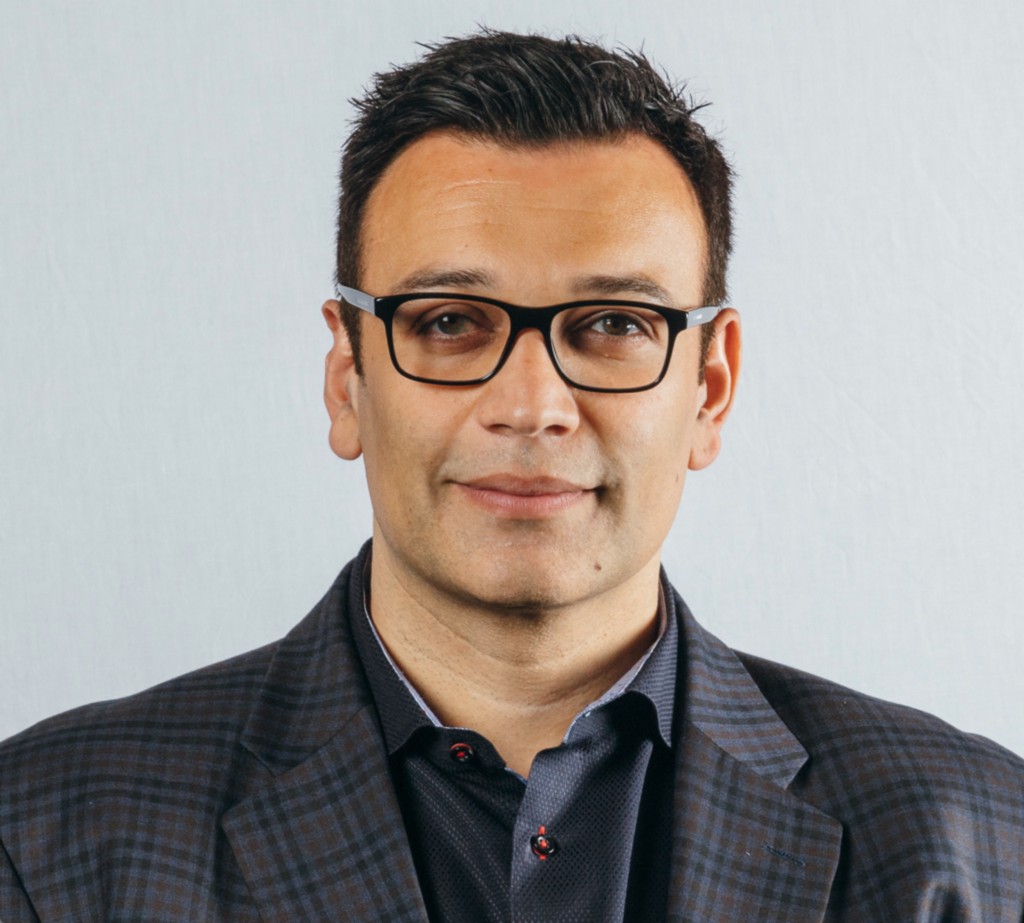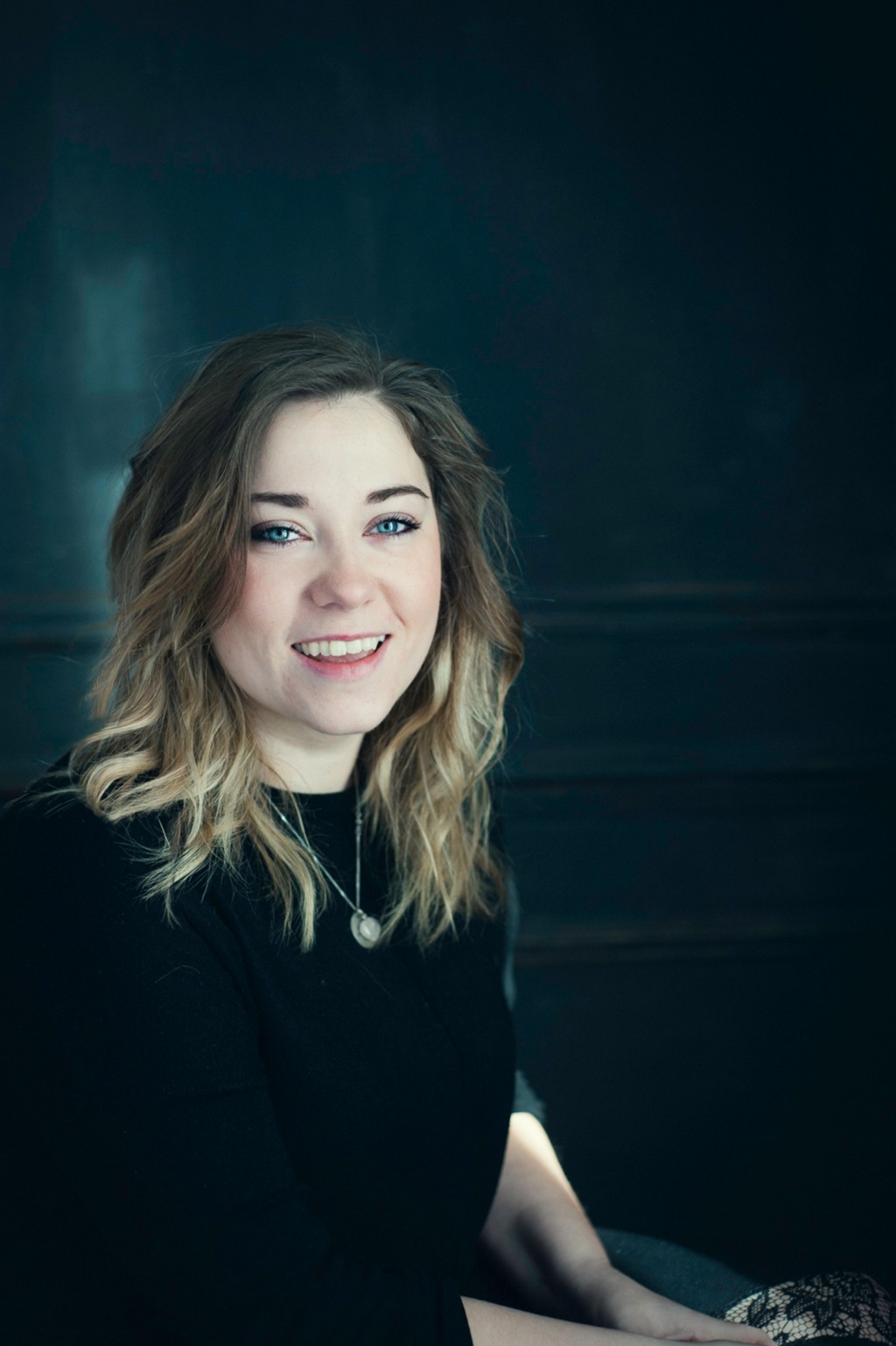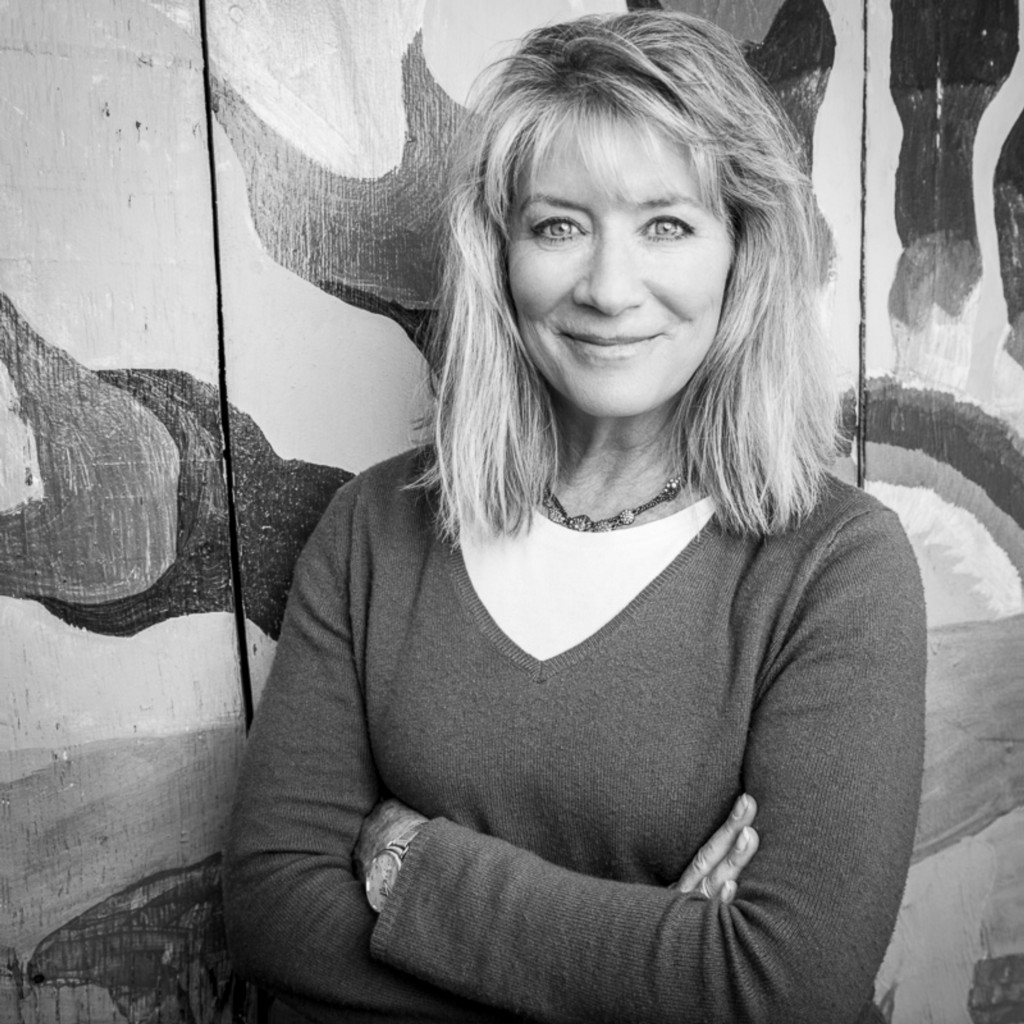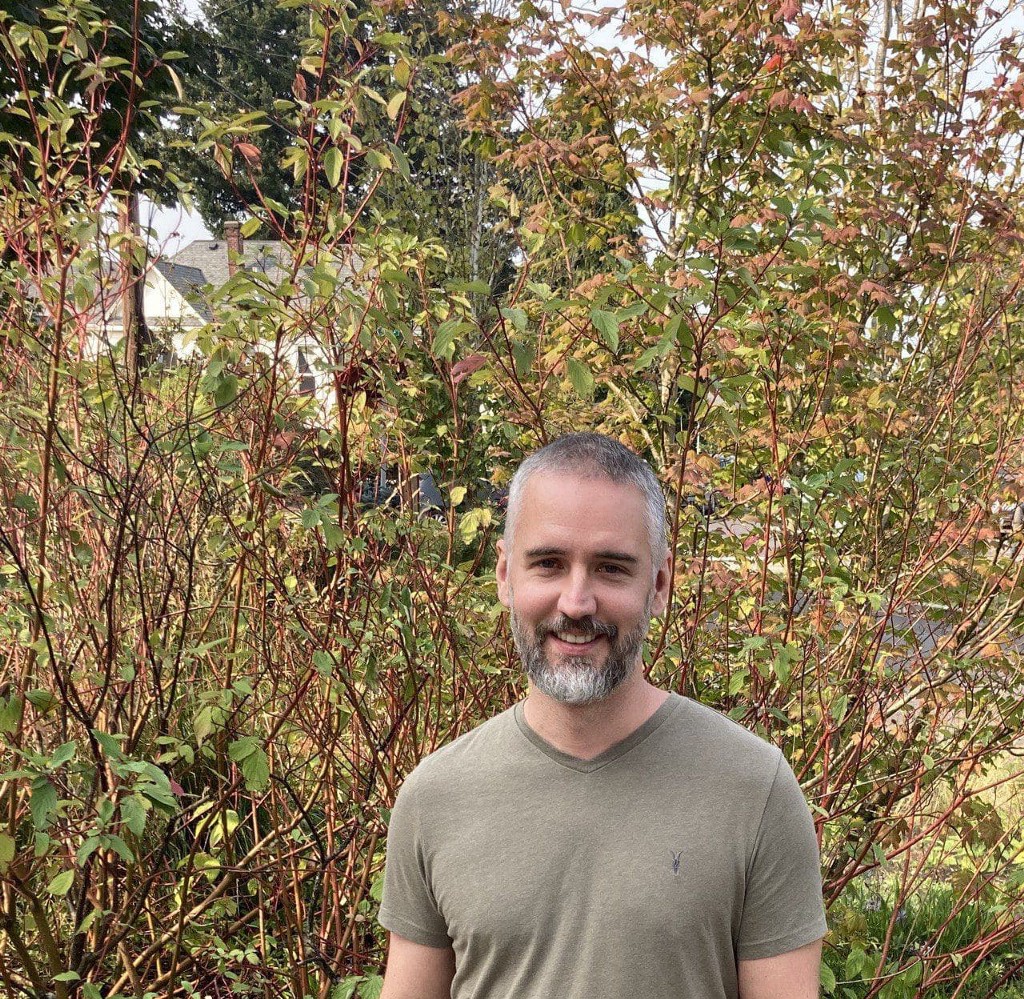An Interview With Fotis Georgiadis
Accessibility: our relationship with our favorite brands is changing. It has become more than just the products; it’s what they stand for. Identifying with our favorite brands means two-way communication and interaction. The most obvious examples are social media channels, but we can’t forget about events or even a simple contact number or email address. We need to be available and provide a space to answer questions in a timely manner, such as through customer service hotlines with live representatives, social media platforms where consumers can ask questions and more.
As part of our series about how to create a trusted, believable and beloved brand, I had the pleasure of interviewing IM Cannabis CEO Oren Shuster.
One of Israel’s most prominent experts in medical cannabis, Oren Shuster brings more than two decades of proven entrepreneurial experience in founding and growing companies in the med-tech and technology / software industries to his work with IM Cannabis (NASDAQ: IMCC, CSE: IMCC). Prior to IMC, Oren co-founded E-wave Online, with a vision to create an international technology company that provides software solutions for enterprises in digital, IT, HR and medical technologies. In addition to his successful entrepreneurial track record, Oren has held executive positions at companies within the telecom and digital media industries.
Thank you so much for doing this with us! Can you tell us a story about what brought you to this specific career path?
My entrance into this career path was very opportunistic. Someone approached me around 2009, because I had been involved in the Israeli business scene for quite a while, and I also had experience in healthcare IT. I was quite well-connected in healthcare at the time, and IM Cannabis had just obtained a cannabis license, but it was very small-scale. IMC wanted to start a medical program and bring it to a much larger scale. The company only had a few patients at first, but I saw an opportunity to bring IMC to a new level, and I was really keen to learn the business.
I still remember one instance during the beginning of my career when I visited one of the patients, and an older gentleman was in his kitchen. He started crying and shared that his wife had Parkinson’s, and IMC’s strains were the only type of medicine that helped her to live her life without pain or complications. This is the moment that I decided to commit to this line of business, because I knew that what we were doing had so much meaning and many benefits for patients all over the world.
Can you share a story about the funniest marketing mistake that you made when you were first starting? Can you tell us what lesson you learned from that?
We had a strain that was in strong demand in the past, and since we were unable to grow enough of it, we were always short on supply. I didn’t know what to do to address this issue, so we decided to limit the quantities that could be sold, and suddenly it became the most sought-after brand.
It was a mistake to market this, because the limited capacity and supply ended up driving the demand significantly higher, which we could not meet, of course. This just goes to show you that sometimes having your product achieve popularity isn’t always the end-all strategy when it comes to marketing. There are other important factors at play, including exclusivity in the market, responsibility and messaging.
What do you think makes your company stand out? Can you share a story?
We are a cannabis company with a patient-focused approach, and we are proud of what we are doing. We have a very strong medical arm because of our unique background, which is based on real data and hard science. Our data has been validated since we’ve been supplying directly to patients from the start.
Now that we’ve established our company and IMC’s medical brand, we are looking to expand into the recreational consumer market. To put it simply, IMC’s combination of data and research insights, coupled with its long history working with medical professionals, is what ultimately sets us apart. We are the only cannabis company in the world with a strong global footprint, operating in three large, federally legal markets — Canada, Germany and Israel.
Are you working on any exciting new projects now? How do you think that they will help people?
Our subsidiary, Xinteza API Ltd., is exclusively licensed by the Weizmann Institute of Science to analyze, optimize and manufacture cannabinoids for the industry that are pure enough to be easily validated by the U.S. FDA or other regulators. Xinteza is developing advanced proprietary technologies that are related to producing cannabinoid-based active pharmaceutical ingredients (APIs) using biosynthesis and bio-extraction technologies.
This program is based on disruptive plant genetics and metabolomics research led by Prof. Asaph Aharoni. With this program, we will be equipped to create cannabinoids that fit better into other industries, including pharmaceuticals, food and beverages. This is going to be something innovative and different from what we have available in the market today. The Weizmann Institute of Science is one of the top research institutes in the world, and we’re very excited to work with them on this project.
Ok, let’s now jump to the core part of our interview. In a nutshell, how would you define the differences between brand marketing (i.e., branding) and product marketing (i.e., advertising)? Can you explain?
I like to think of it like this: a brand is like building a house or permanent establishment, while advertising is like going to a hotel or another temporary / short-term situation. Your brand is permanent — something that you’ll reside in every single day, similar to your own house. When it comes to your brand, you’re constantly improving it and working to enhance the way that it is on the inside, as well as how it is perceived from the outside.
On the other hand, advertising, while equally important, is more of a temporary situation. You advertise products that may come and go, and you advertise new offerings, for example. These things don’t live forever, but your brand needs to be strong, consistent and evergreen if you want to be successful.
Can you explain to our readers why it is important to invest resources and energy into building a brand, in addition to general marketing and advertising efforts?
A brand is something that should stay forever and be true to the company and what it does. It’s very different from advertising, as it’s not something that’s connected to a product. Building the brand and supporting the brand is also something that’s very different. There are values behind your brand, including specific language and purposeful messaging. If done properly, advertising should be reflective of your brand, not the other way around.
Can you share five strategies that a company should be employing to build a trusted and believable brand? Please tell us a story or example for each. In your opinion, what is an example of a company that has done a fantastic job building a believable and beloved brand? What specifically impresses you? What can one do to replicate that?
- Consumer / patient insight and understanding the entire consumer journey are critical. It’s important to go beyond sales to advocacy. You must listen carefully to what your consumers’ / patients’ needs are, and then provide or surprise them with solutions that they need or can use. At the end of the day, we want to build a brand that our consumers love — one that they are loyal to and trust so that they become your true advocates and stewards. Examples of this include Nespresso, Apple and Tesla.
- Give your brand a clear purpose, and stick with it. Align your company behind it. What is it that makes us different? What are we promising to our customers? We need to define, communicate and deliver on this at every touchpoint. One example is Patagonia — the company donates some of its proceeds to environmental causes and backs up its commitment with an integrated campaign that touches all aspects of the brand.
- Transparency and accountability: a promise made is a promise kept. We need to hold ourselves accountable to our promises, own our mistakes and learn from them. We won’t be perfect all of the time, but we are constantly striving to improve and always be one step ahead. Transparency and accountability hold true across the board — be it with employees, customers, investors or vendors. An example is Ikea: the company understands what customers expect from it and keeps that promise of affordable and stylish furniture, among its many other offerings.
- Share and live your culture. It all starts with the employees and their passion to deliver unparalleled results and impact. If we don’t trust / believe in our brand and live our brand, how are we going to externalize it to inspire our customers and other key stakeholders? GSK does a great job of this.
- Accessibility: our relationship with our favorite brands is changing. It has become more than just the products; it’s what they stand for. Identifying with our favorite brands means two-way communication and interaction. The most obvious examples are social media channels, but we can’t forget about events or even a simple contact number or email address. We need to be available and provide a space to answer questions in a timely manner, such as through customer service hotlines with live representatives, social media platforms where consumers can ask questions and more.
In advertising, one generally measures success by sales. How does one measure the success of a brand-building campaign? Is it similar? Is it different?
Advertising tends to focus on a product, and a brand is so much more than a product or even sales. If you build a trusted and loyal brand, the sales will automatically come. Branding is about creating equity and heritage, as well as perception throughout the consumer’s interactions within the community. It’s about building customer advocates. In the end, the conversation moves well beyond price to value.
What role does social media play in your branding efforts?
Social media is where we can interact directly with our consumers and all of our key stakeholders. This direct interaction helps to build the rapport between the brand and the consumer in a way that typical advertising cannot. At the same time, consumers are not just passive listeners. Social media is a place to have a conversation, while being aware and accepting of the fact that we cannot control every nuance. From promotional messaging to customer service, we need to stay true to our brand’s voice and meet the needs of consumers who are active on social media.
What advice would you give to other marketers or business leaders to thrive and avoid burnout?
I believe in looking forward and trying to be on the move all of the time. Don’t just stay in one place: consistently look to create new actions and solve new challenges. By doing this, you are creating an atmosphere of great opportunity, and you’ll be excited about it. You can think of it like inertia. As you start to move, you’ll keep yourself in motion.
Leaders should move forward all of the time as much as possible. They’re leaders so, naturally, they must lead. They also shouldn’t forget that people are following and watching them, so they need to be confident. As you go forward, you’ll undoubtedly face challenges and crises, but if you believe in yourself and stay true to your mission, you’re going to be successful.
You are a person of great influence. If you could inspire a movement that would bring the most amount of good to the most amount of people, what would that be? You never know what your idea can trigger.
Legalize cannabis! I know that seems like a cliché answer from a cannabis company executive, but when I say this, I’m thinking about much more than my own business. As is constantly being highlighted by research around the world, the medical properties of cannabinoids have shown how beneficial it can be for people suffering from various health conditions. It’s time that we recognize this globally.
What’s more, not only do we need to recognize the benefits of the plant, but we also need to allow for easy, affordable access to it. By way of example, IMC recently released clinical survey results in June 2021 that focused on our branded medical cannabis strains’ overwhelmingly positive results. We found that cannabis significantly helped patients suffering from conditions like PTSD, rheumatoid arthritis, insomnia and much more.
Can you please give us your favorite “life lesson quote”? Can you share how that was relevant to you in your life?
If you truly believe in something, continue to push for it — even if no one is supporting you. Don’t listen to the doubters. If you have an idea for a company, go with your belief, and fight for it. Even in failure, I still believe that greater work comes out of fighting for something that you believe in over doing the bare minimum for something that will simply appease others and their advice.
This is especially relevant to my life, because I’m sure not everyone would have joined a cannabis company back in the late 2000s. The general consensus in our communities on cannabis is changing for the better now but, back then, it was definitely a leap of faith. I truly believed in the company and its ability to help people, and I still do. If you believe in what you’re doing — if it’s your passion — just go for it, and don’t look back. You’ll thank yourself later.
We are blessed that very prominent leaders in business and entertainment read this column. Is there a person in the world whom you would like to have a lunch or breakfast with? He or she might just see this, especially if we tag them.
Oprah Winfrey — I really admire how she’s built a brand for herself. She is an icon. She has faced a number of obstacles, criticisms and judgments and always continued to strive for what she believed in nonetheless. How many people can truly say that they have done that? Most importantly, she brings to light the stories of so many ordinary people who deserve to be heard and respected. She continues to help so many individuals through her platforms and her message on a daily basis.
How can our readers follow you on social media?
Readers can follow the company at IMC Israel on Facebook and imc.israel on Instagram.
Thank you so much for joining us. This was very inspirational.
Oren Shuster of IM Cannabis: Five Things You Need for Building a Trusted and Beloved Brand was originally published in Authority Magazine on Medium, where people are continuing the conversation by highlighting and responding to this story.

